The Macy’s Thanksgiving Day Parade in the 1960s mirrored the decade itself—a blend of cherished tradition and exciting new technology. As American culture underwent significant shifts, the parade remained a comforting constant, while also embracing the vibrant new era of color television.
The Arrival of “Living Color”
The single biggest change to the parade experience in the 1960s was the advent of color television. NBC broadcast the parade in color for the first time in 1960. As more American families purchased color TV sets throughout the decade, the annual broadcast became an even more dazzling spectacle.
Viewers at home could now see the brilliant reds, blues, and yellows of the giant balloons and elaborate floats as they appeared to those on the streets of Manhattan. The transition to color made the parade a premier television event, showcasing the capabilities of the new technology and making the holiday tradition more immersive for millions.
Read more
A New Generation of Cartoon Stars
The parade’s balloon lineup was refreshed with characters who were stars of the television cartoon boom. In 1961, Bullwinkle J. Moose made his first flight, becoming an instant fan favorite. The heroic canine Underdog took to the sky in 1965, and a new version of the Donald Duck balloon debuted in 1962.
These characters were familiar to the children watching both on the sidewalks and on TV, connecting the parade directly with the popular culture of the day. The design of the balloons also continued to evolve, allowing for more dynamic and character-accurate poses.
Broadway Takes Center Stage
The 1960s was another golden age for Broadway, and the parade served as a major promotional platform for the era’s biggest hits. Floats were often designed to represent scenes from smash-hit musicals like “Hello, Dolly!” and “Funny Girl.”
The original casts of these shows would frequently perform their most famous numbers for the crowds and the television cameras as their float paused in front of Macy’s Herald Square. This symbiotic relationship introduced millions of Americans to the music of Broadway and solidified the parade’s status as a key part of the entertainment industry.
A Constant in a Decade of Change
The 1960s was a period of significant social and political turmoil. Just days before the 1963 parade, the nation was shaken by the assassination of President John F. Kennedy. The decision was made for the parade to go on as scheduled, offering a moment of shared tradition and solace to a grieving country. Throughout the turbulent decade, the parade served as a reliable and comforting ritual, a few hours on Thanksgiving morning where the nation could come together for a purely joyful celebration.




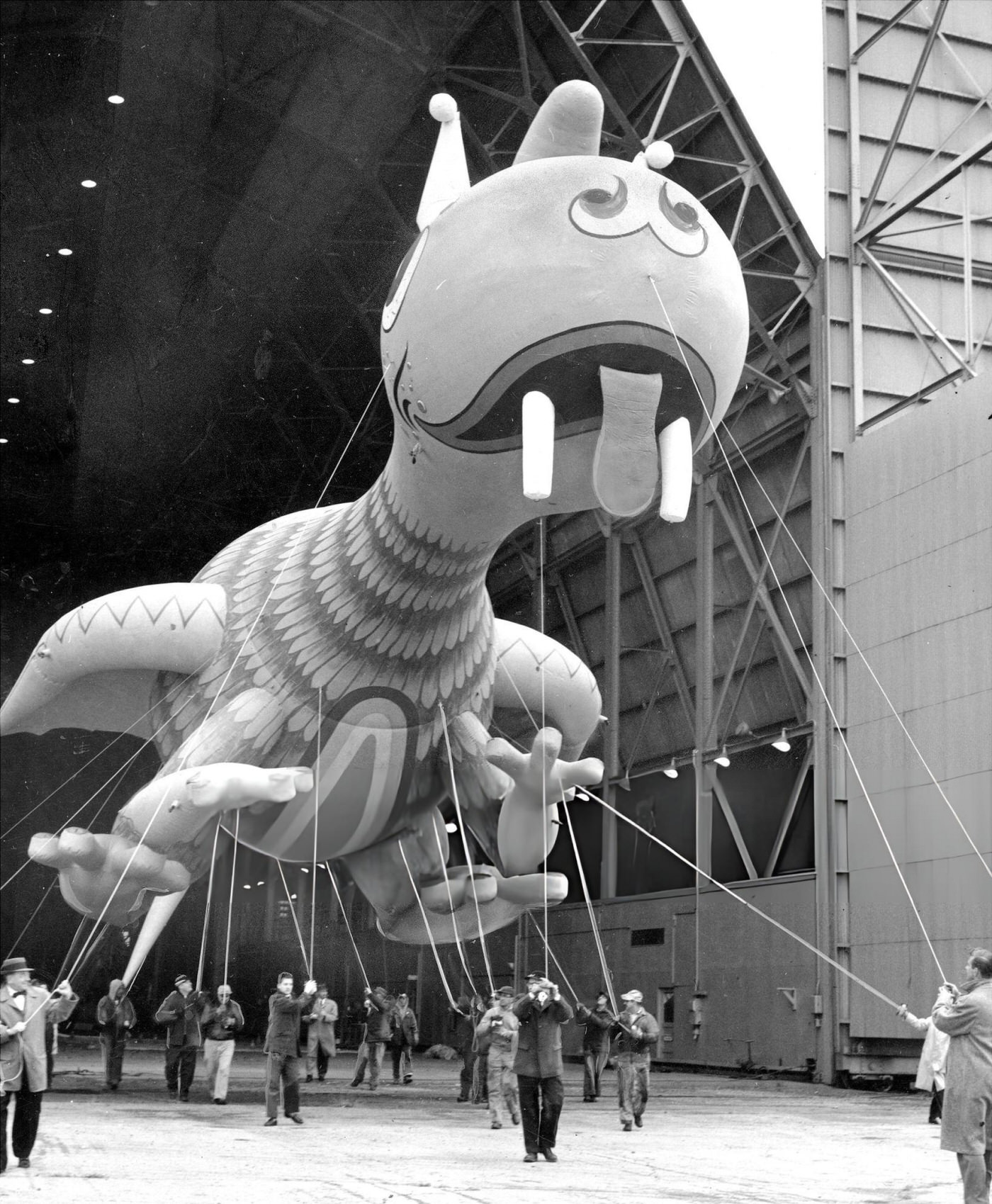
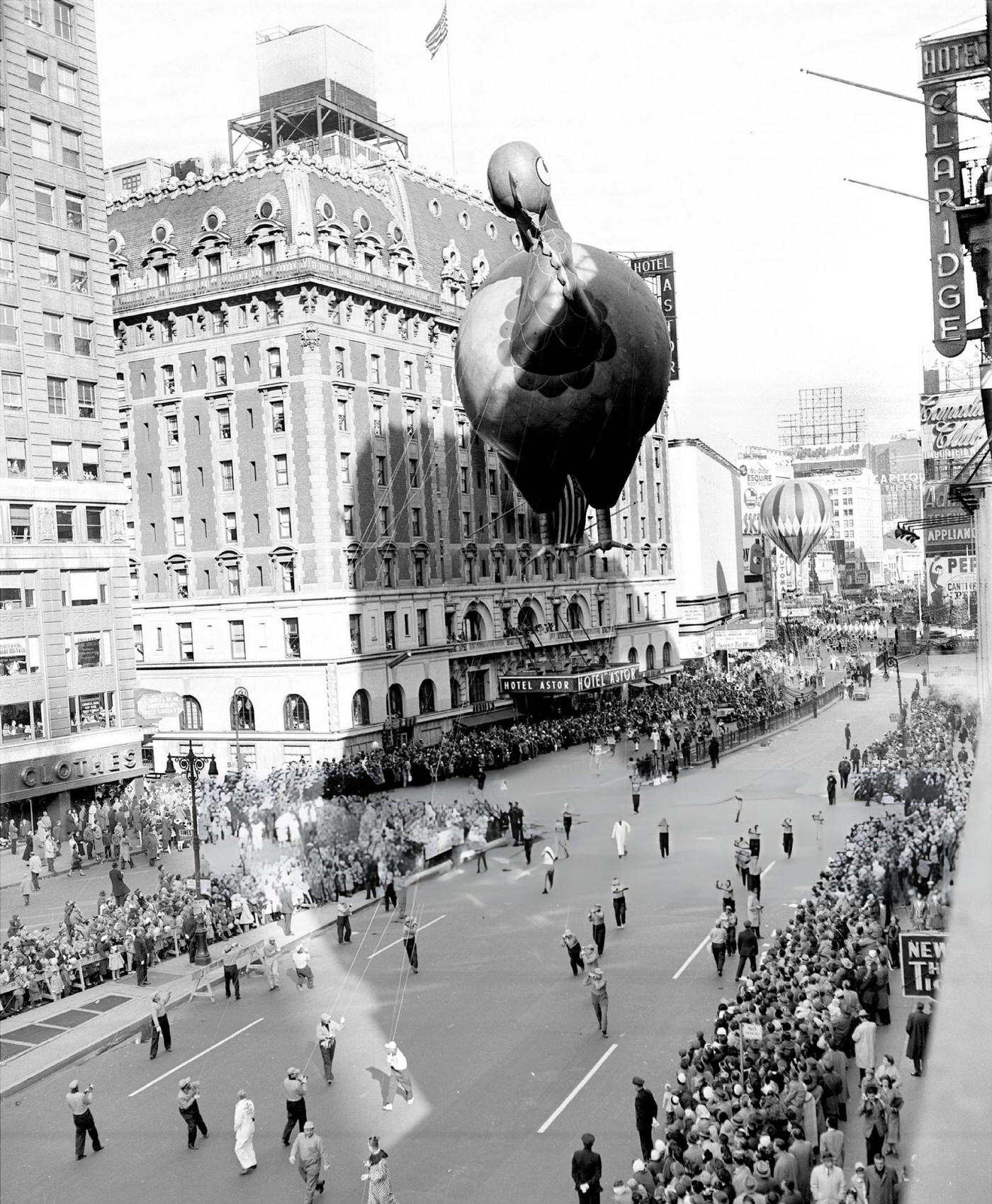
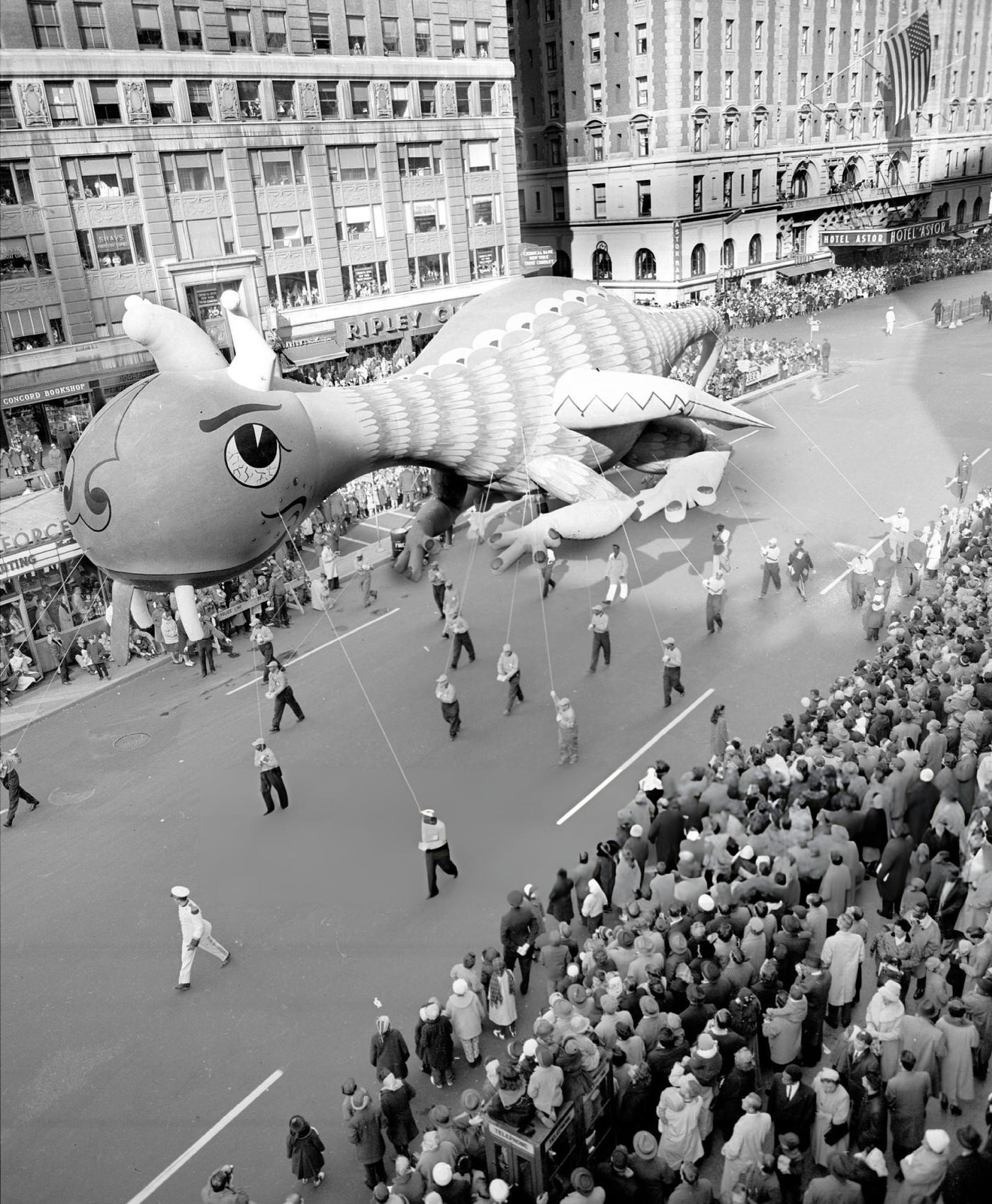
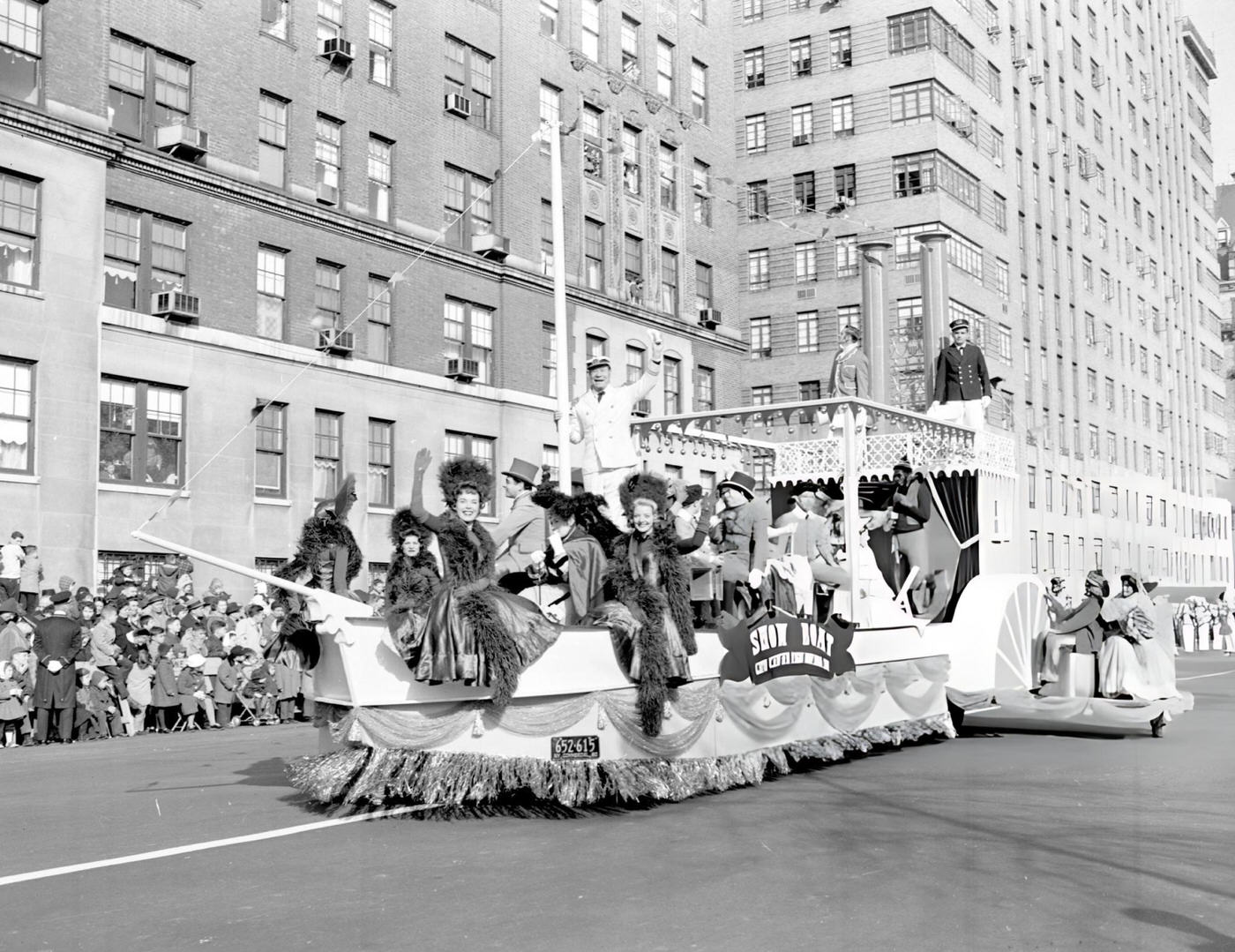


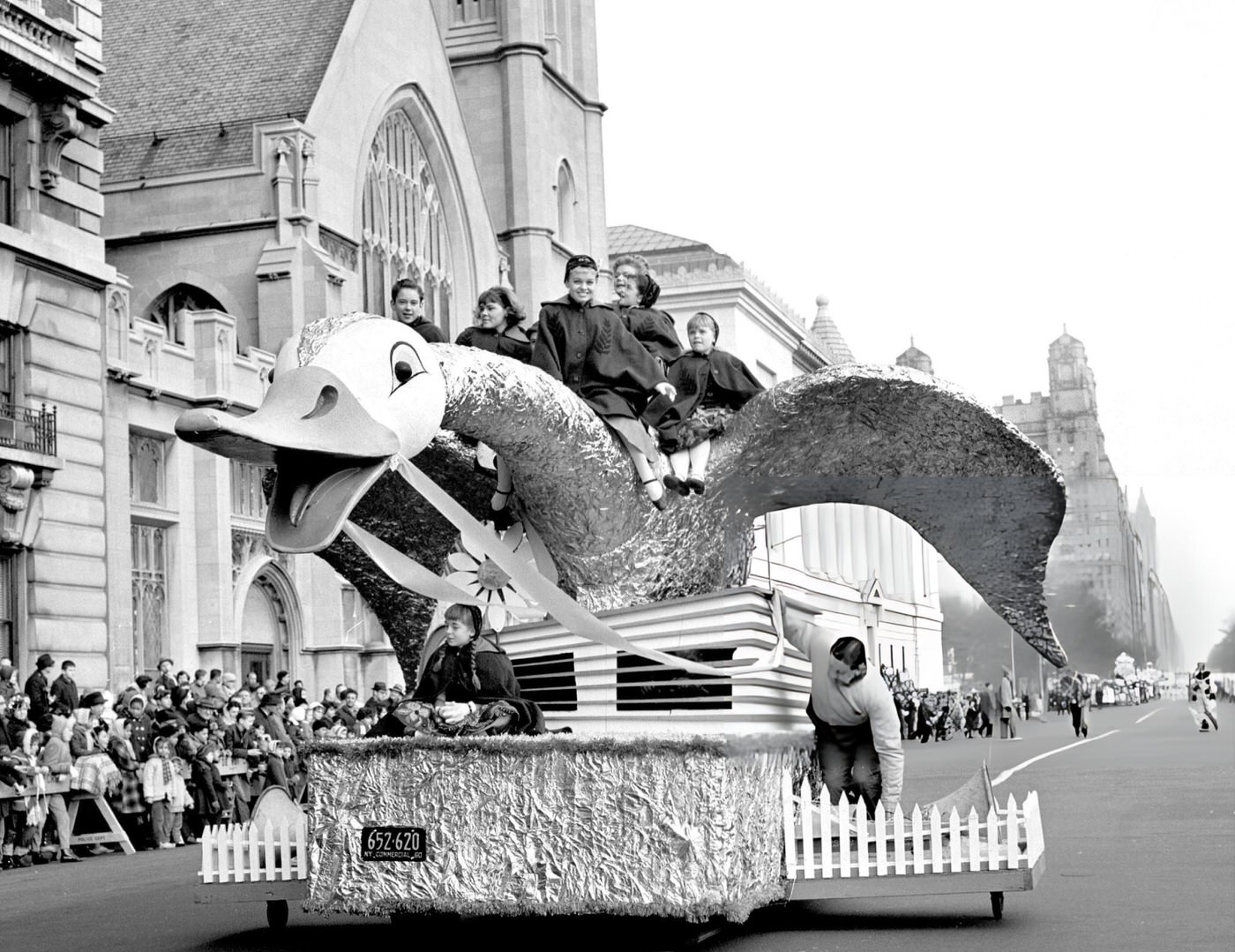
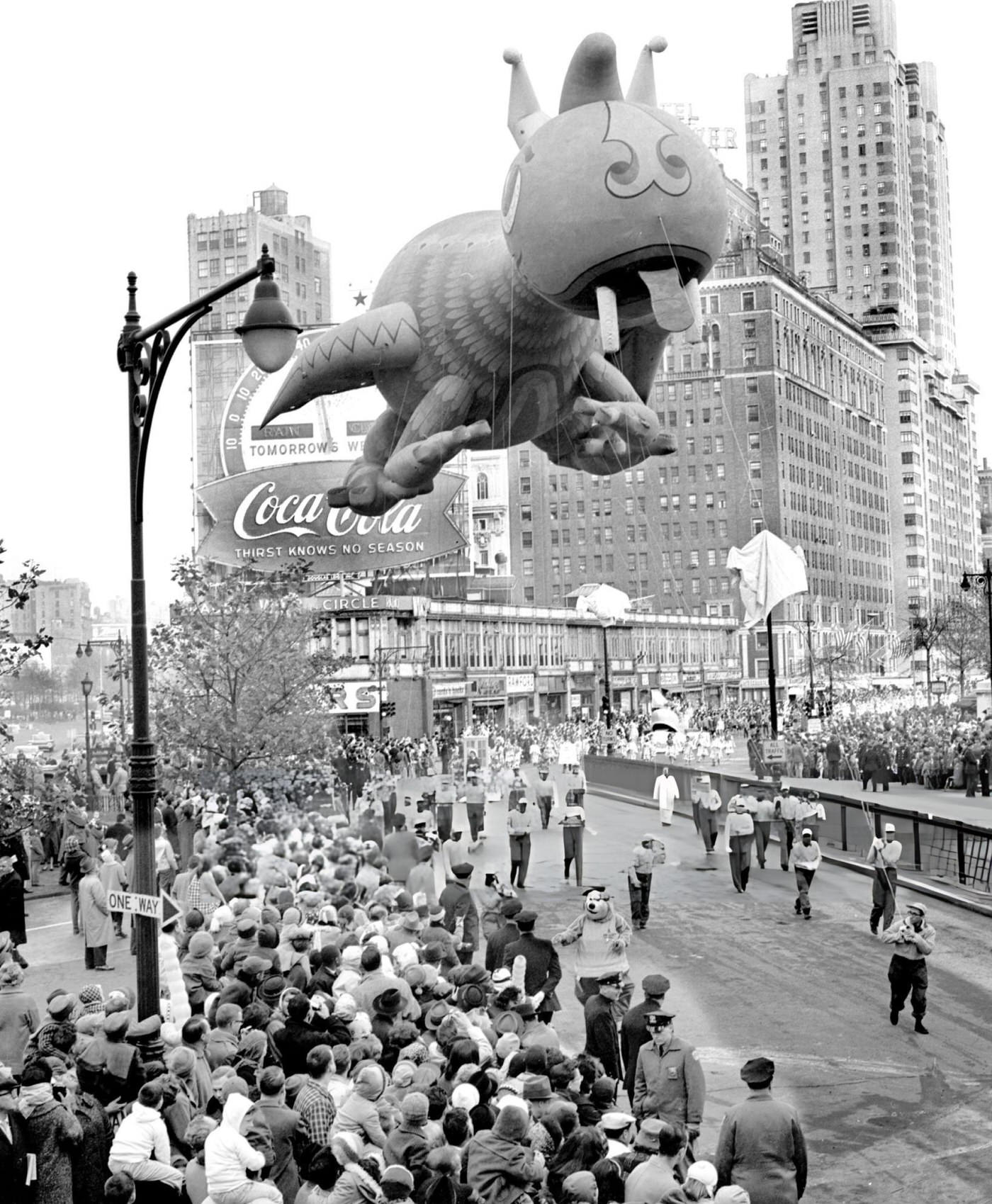
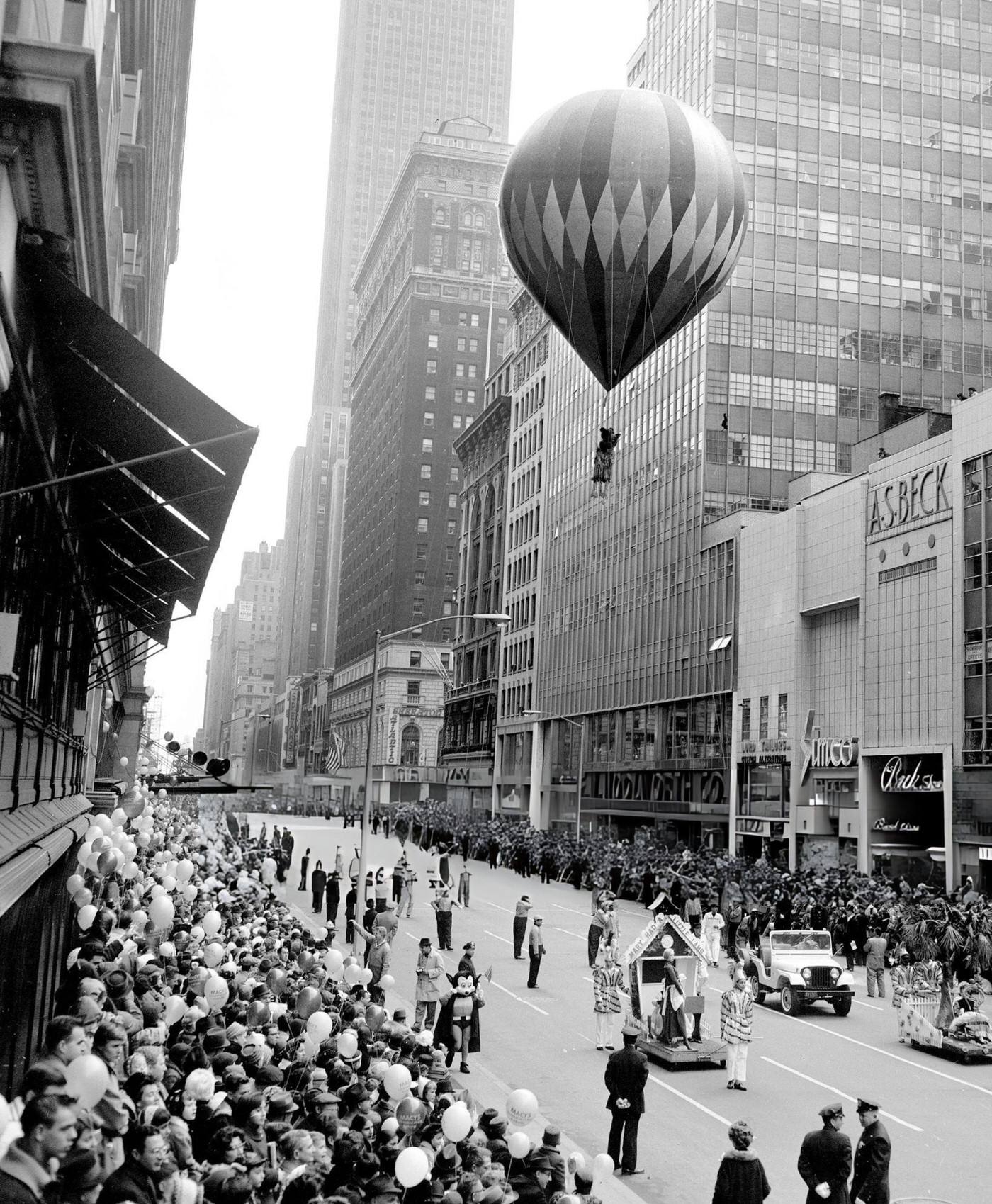

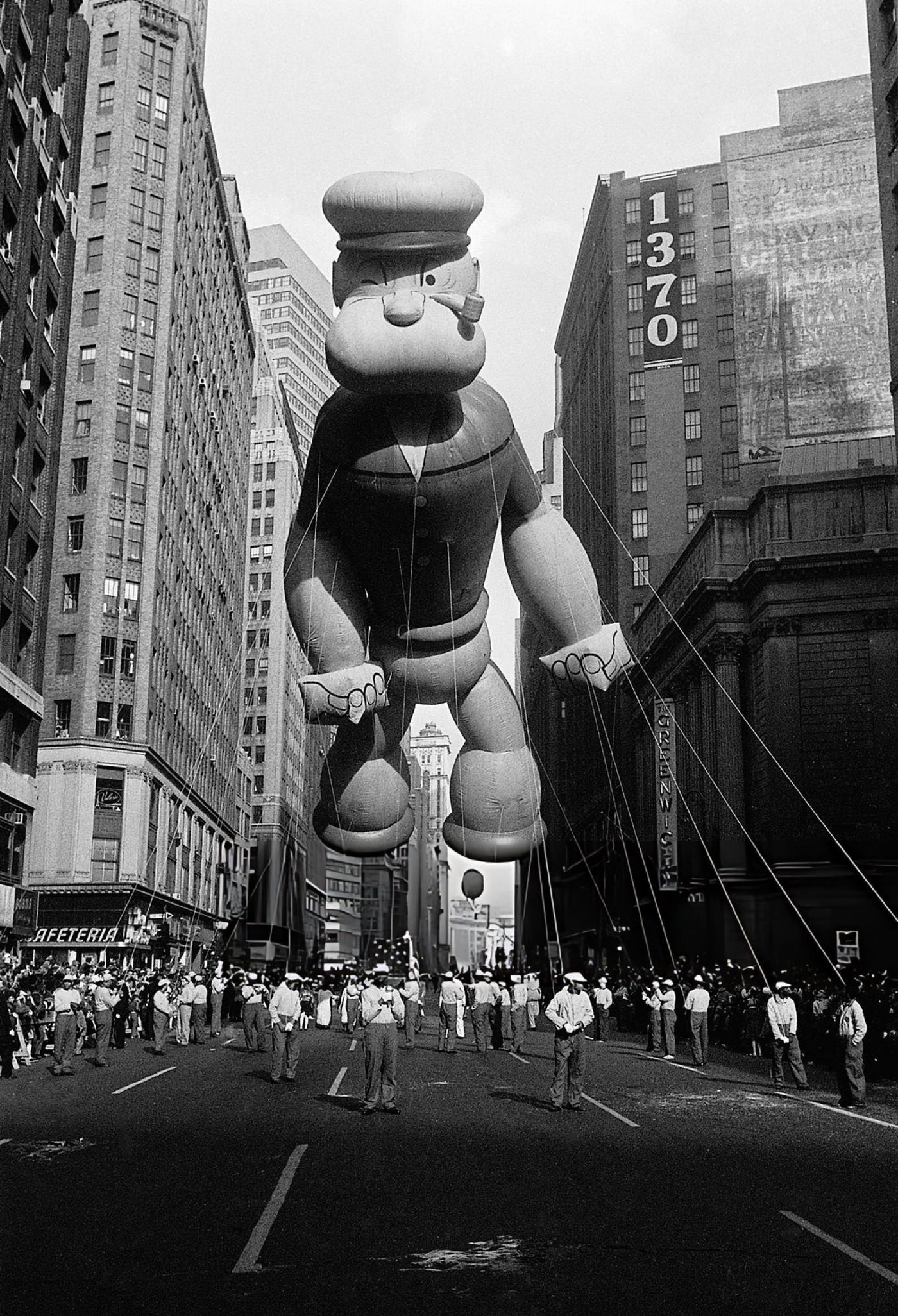


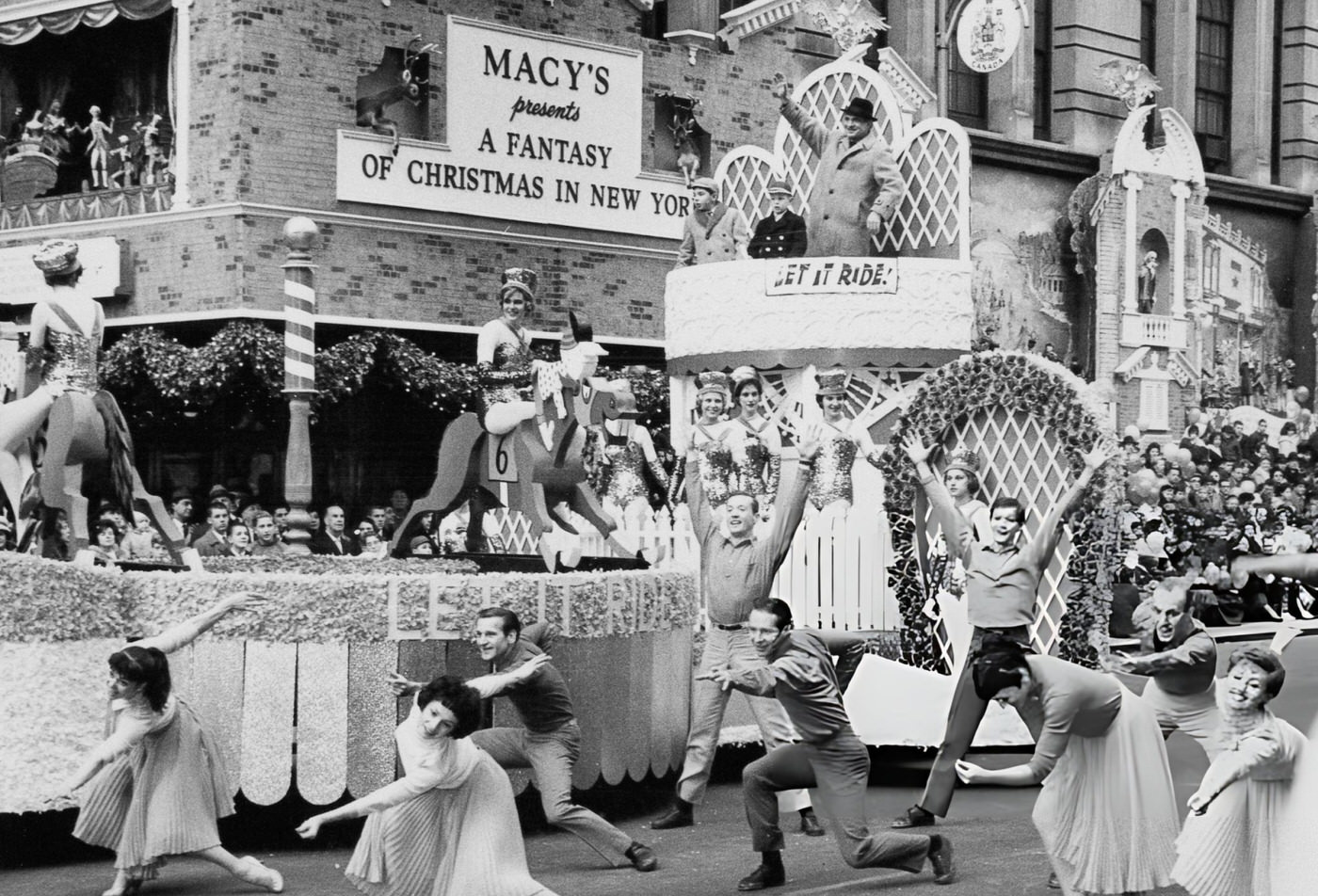



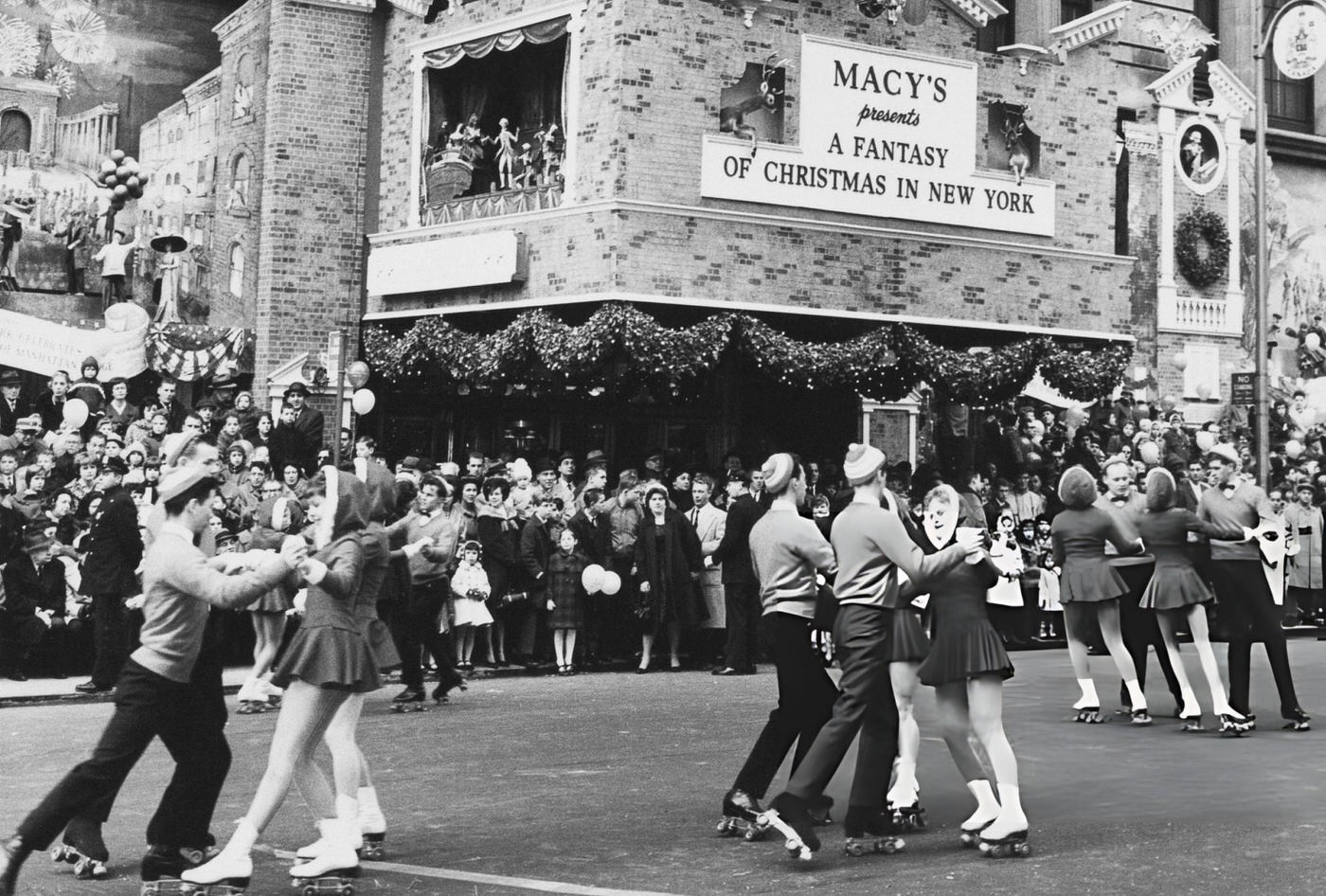

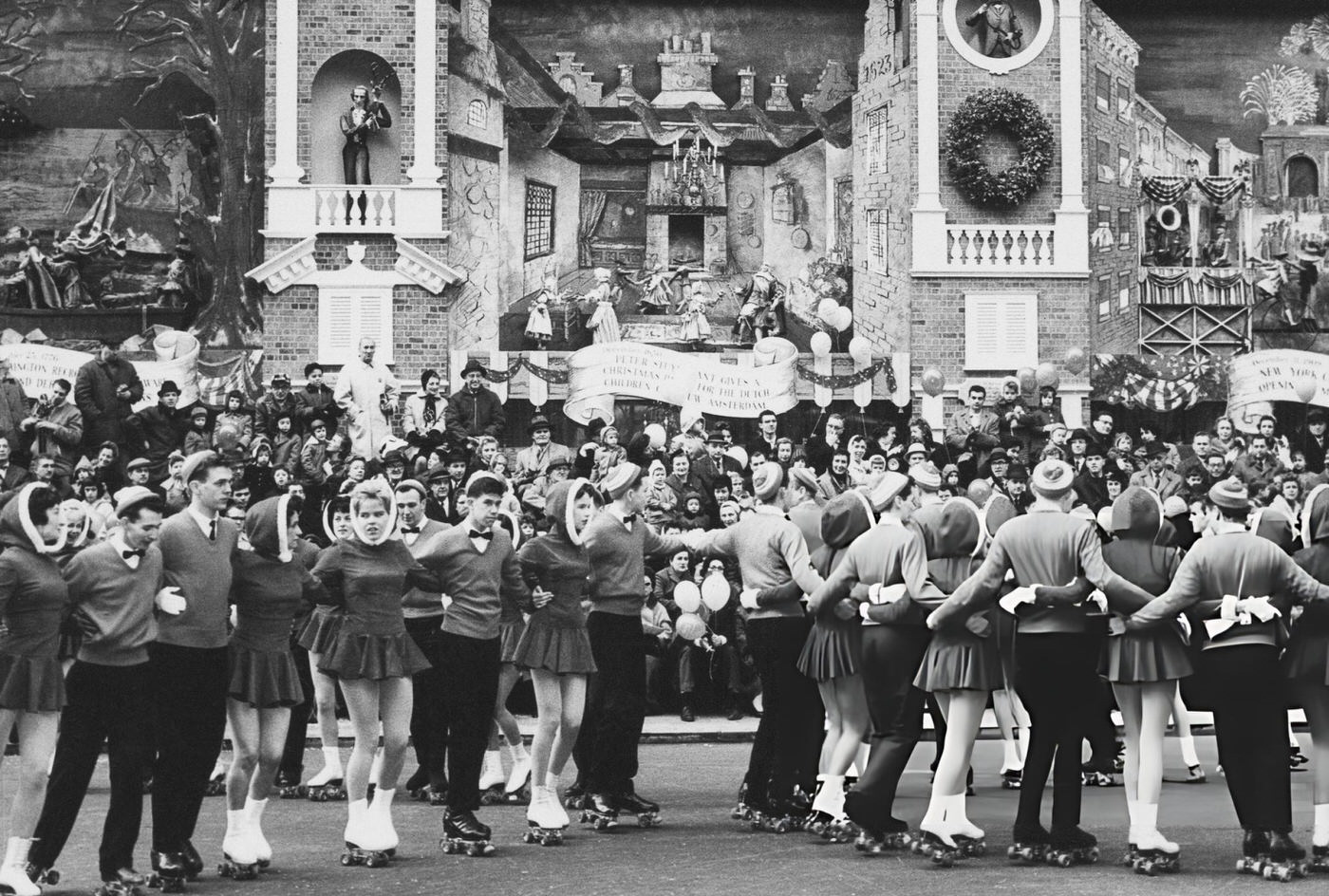

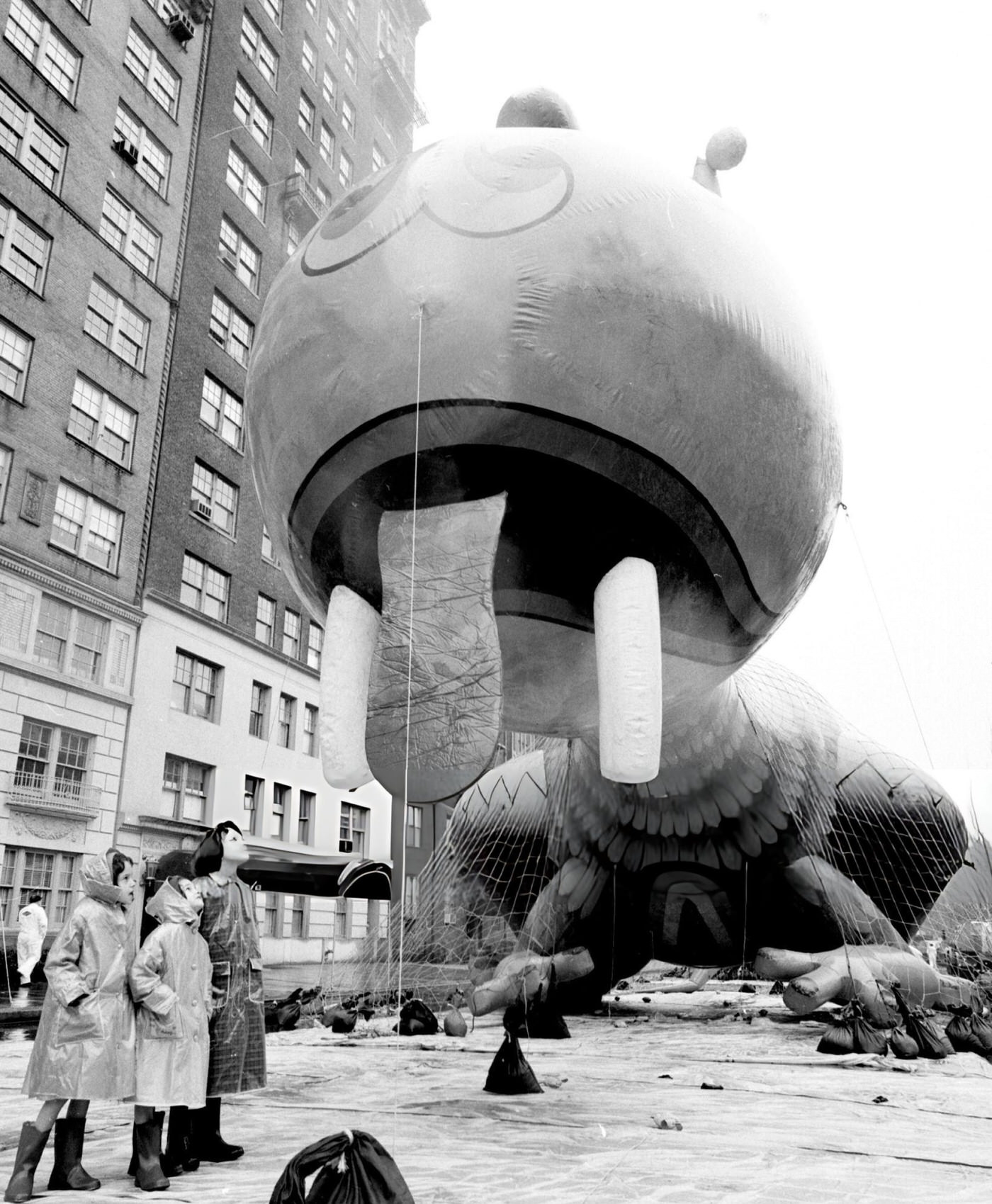

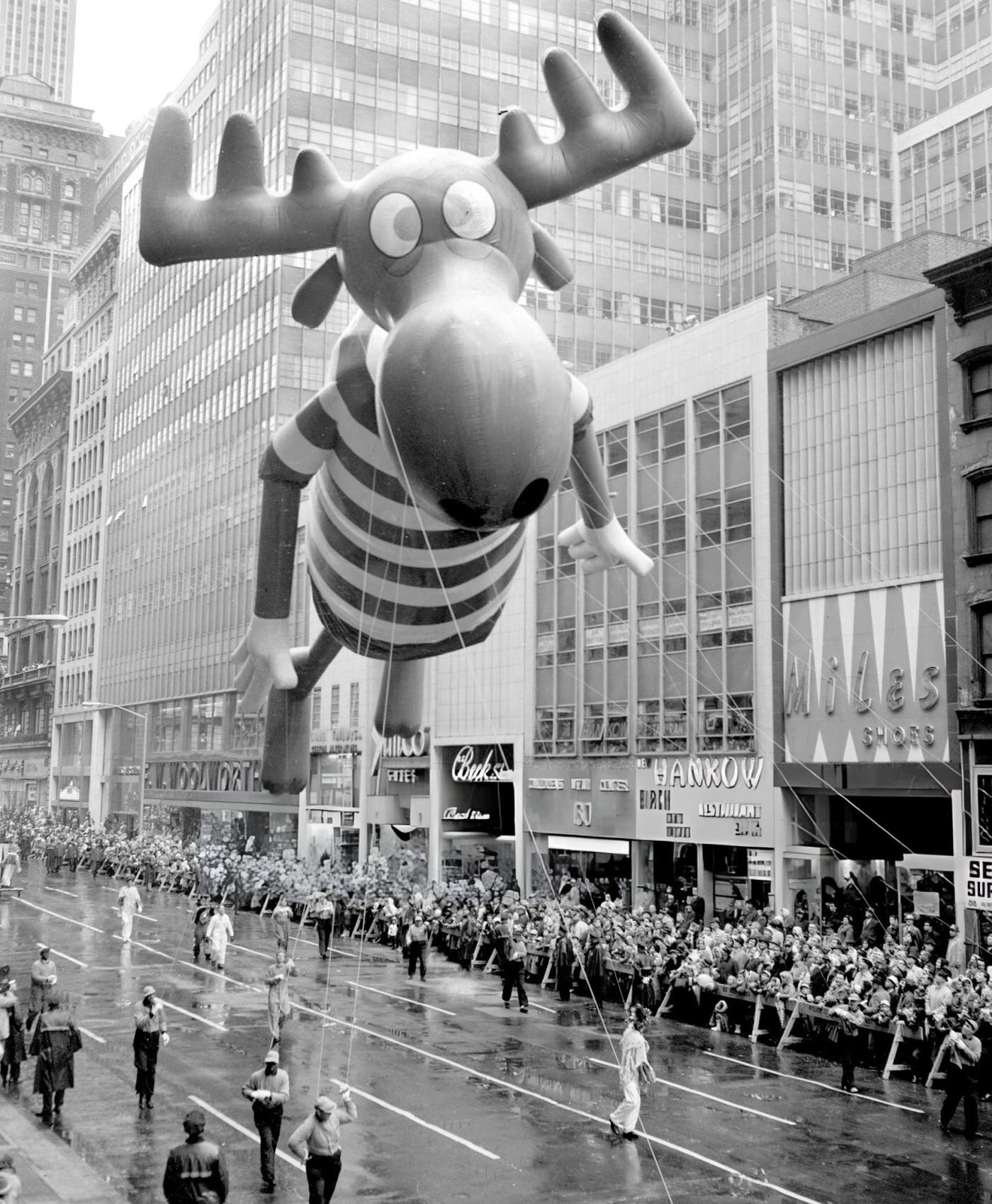
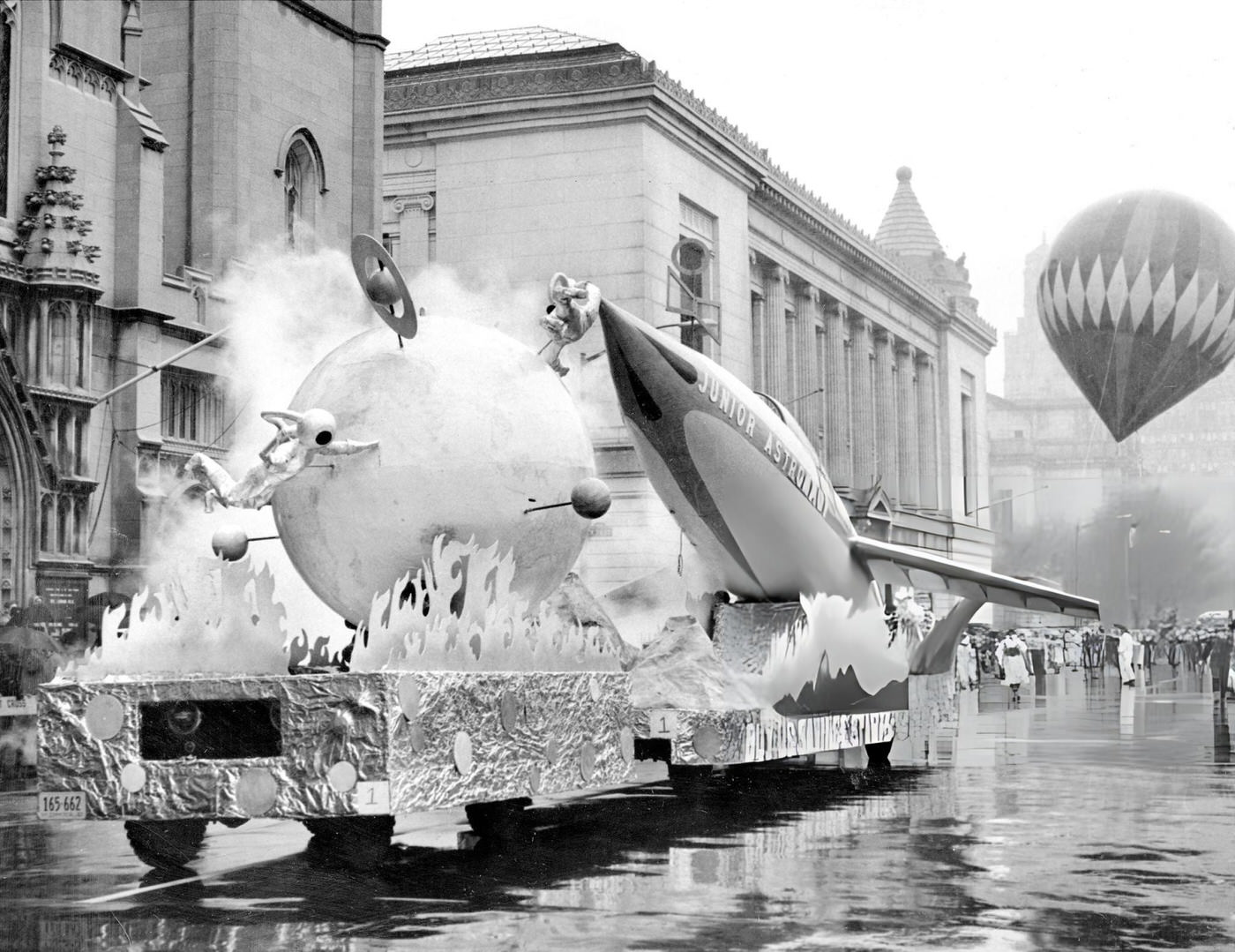
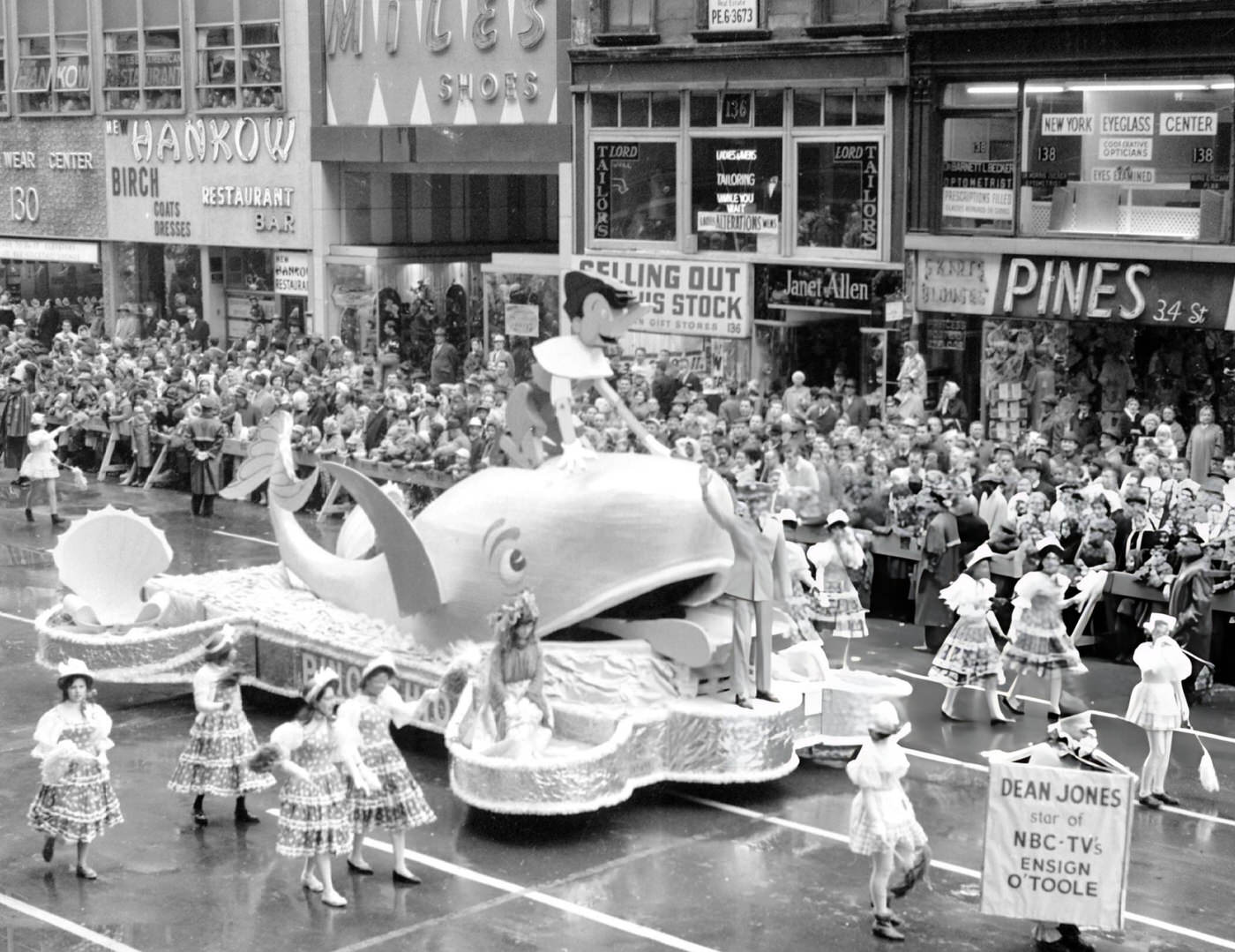
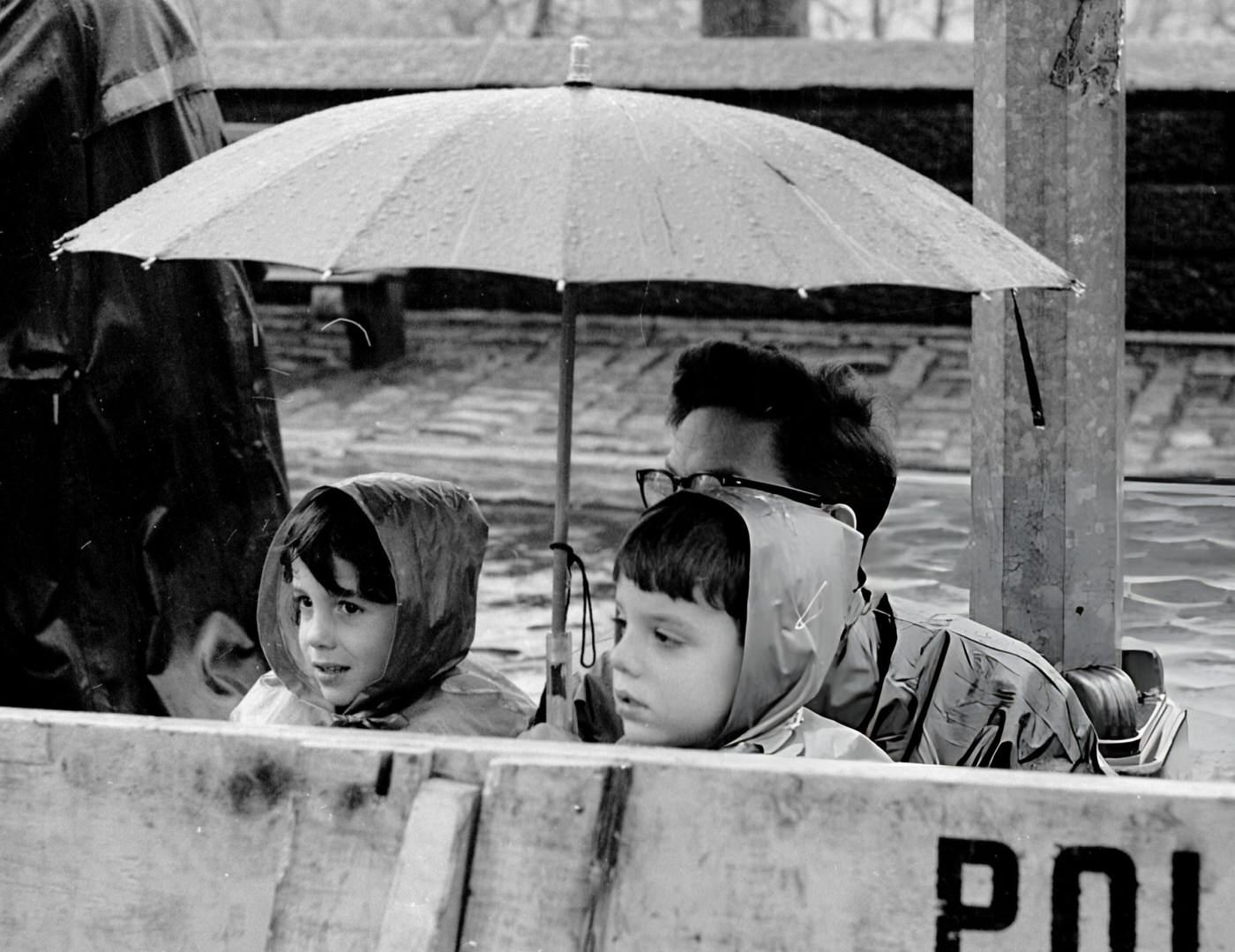

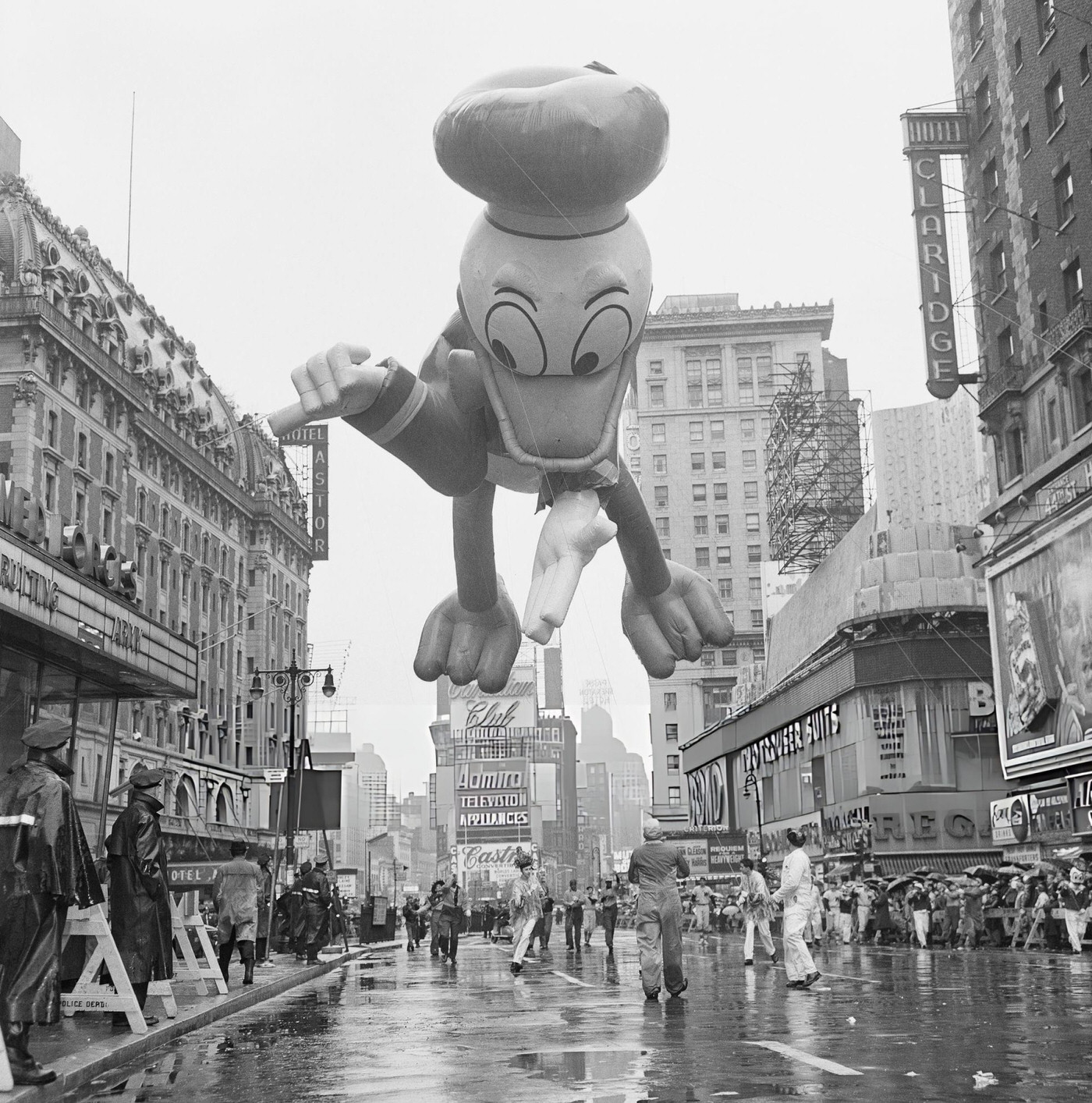
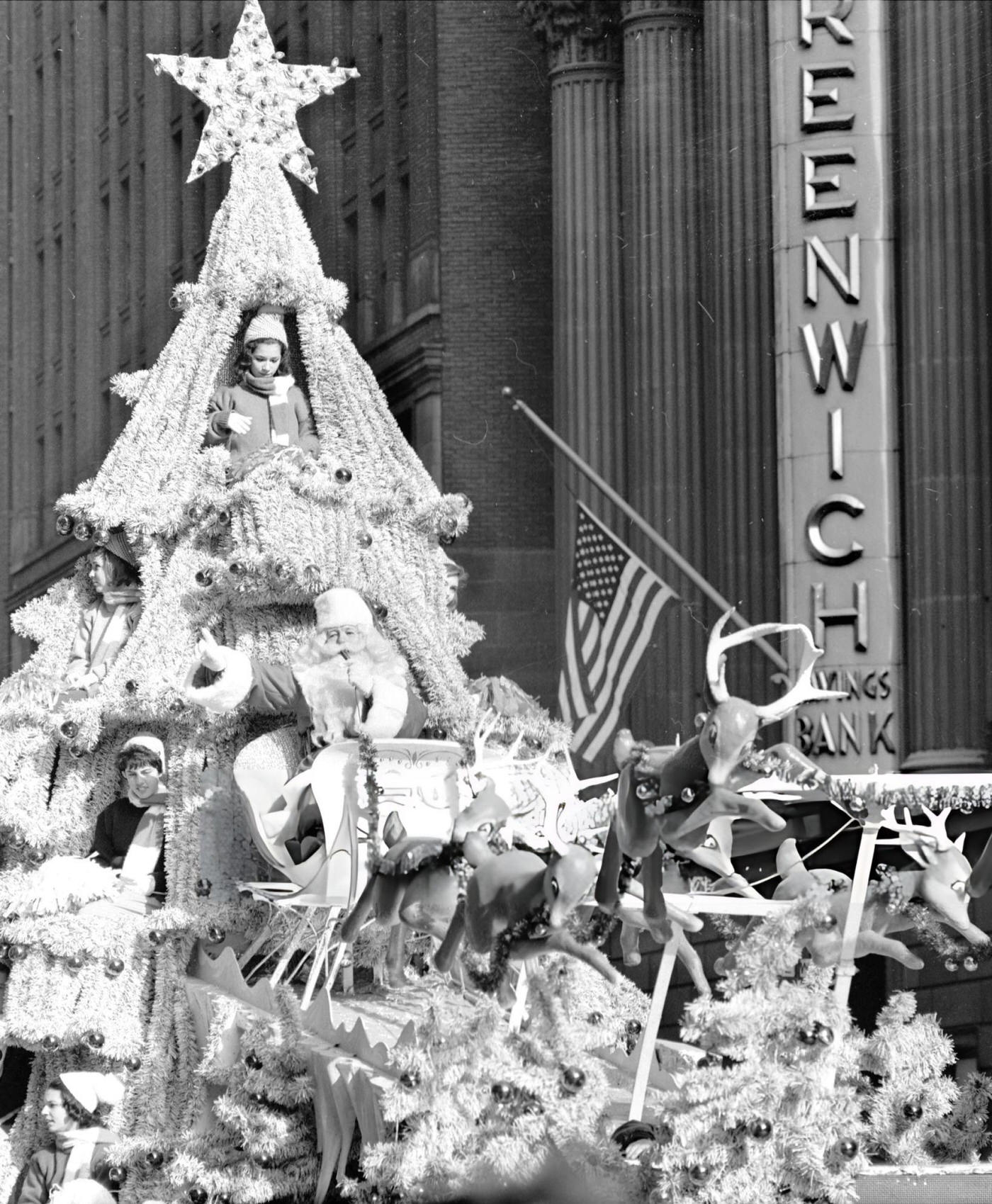
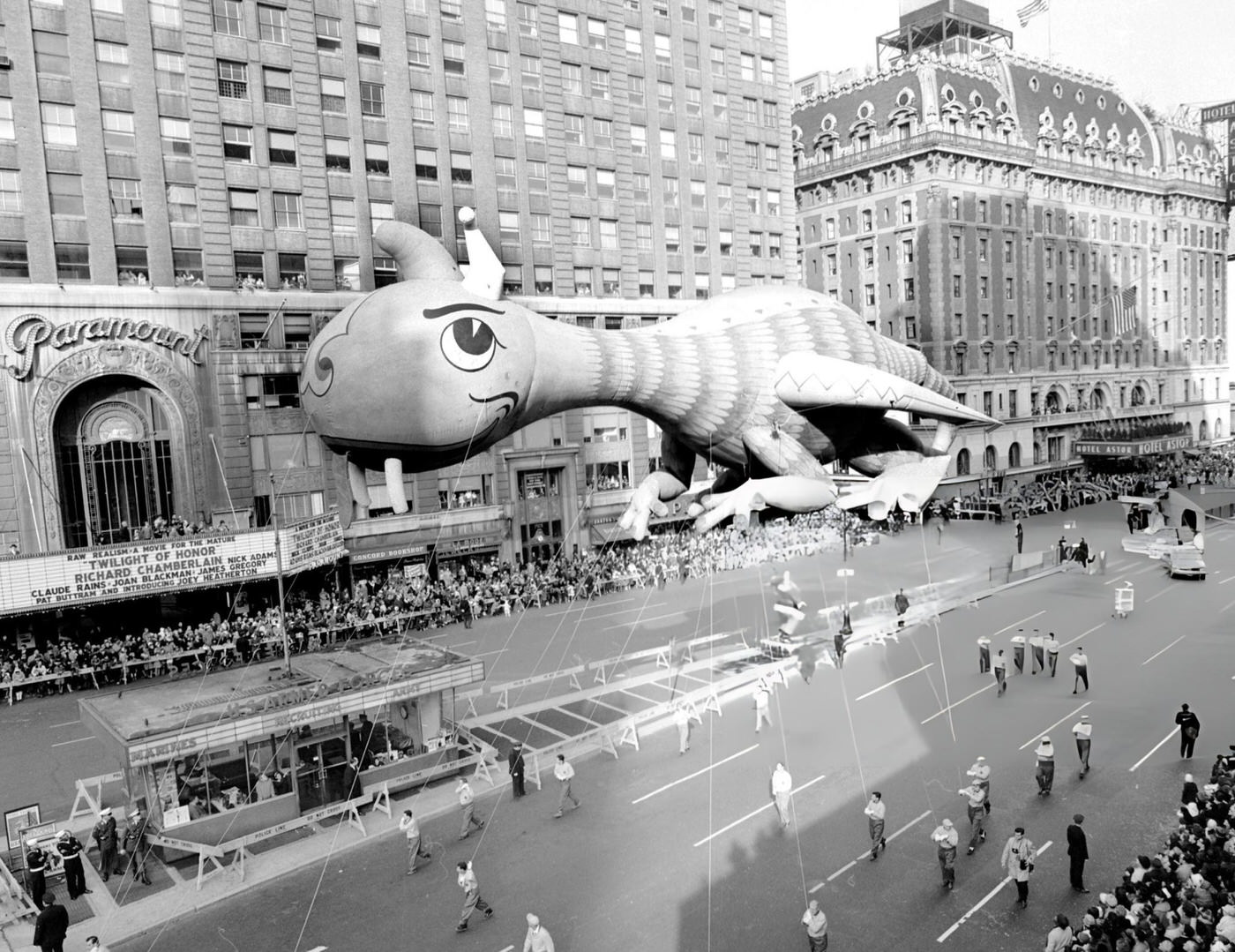
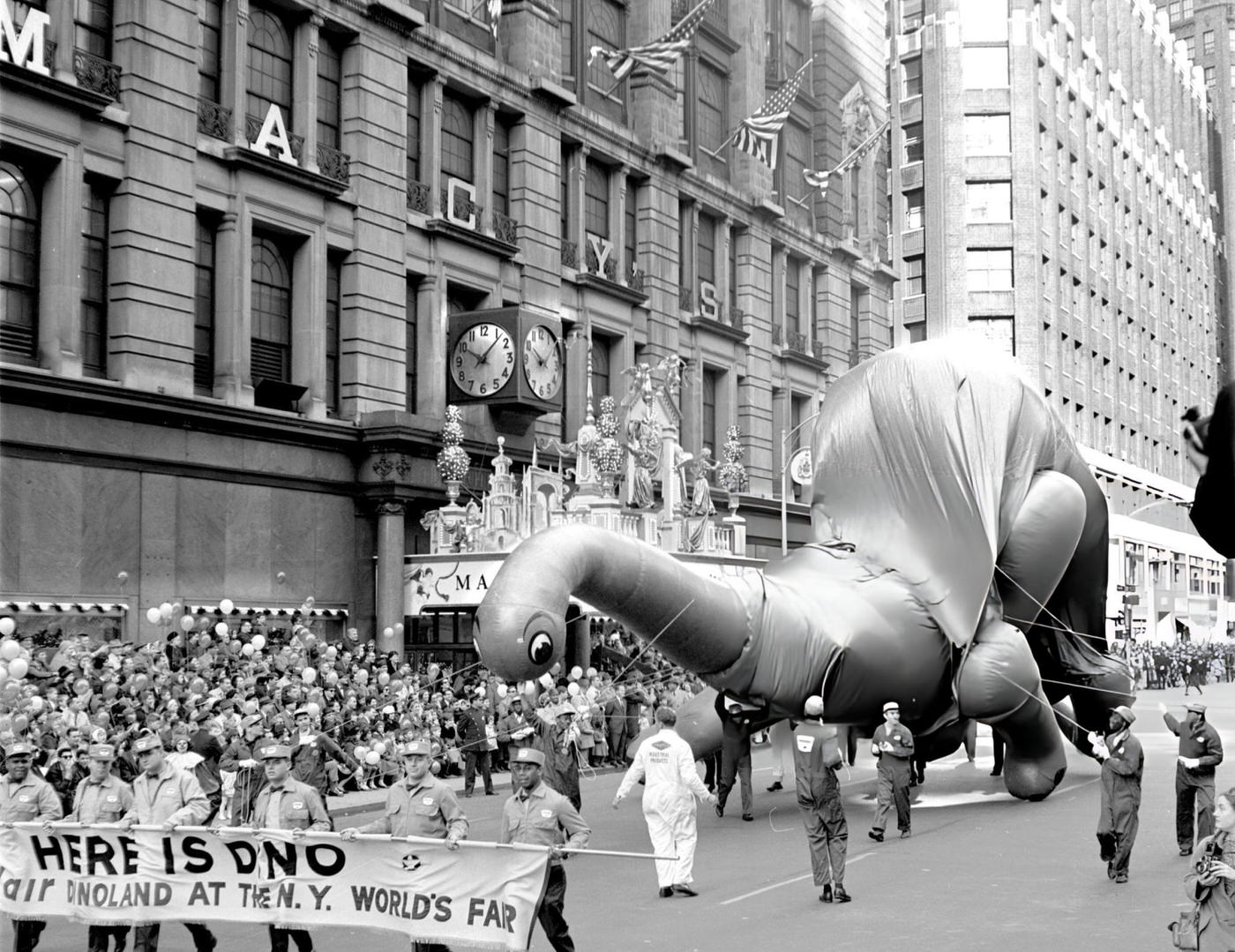



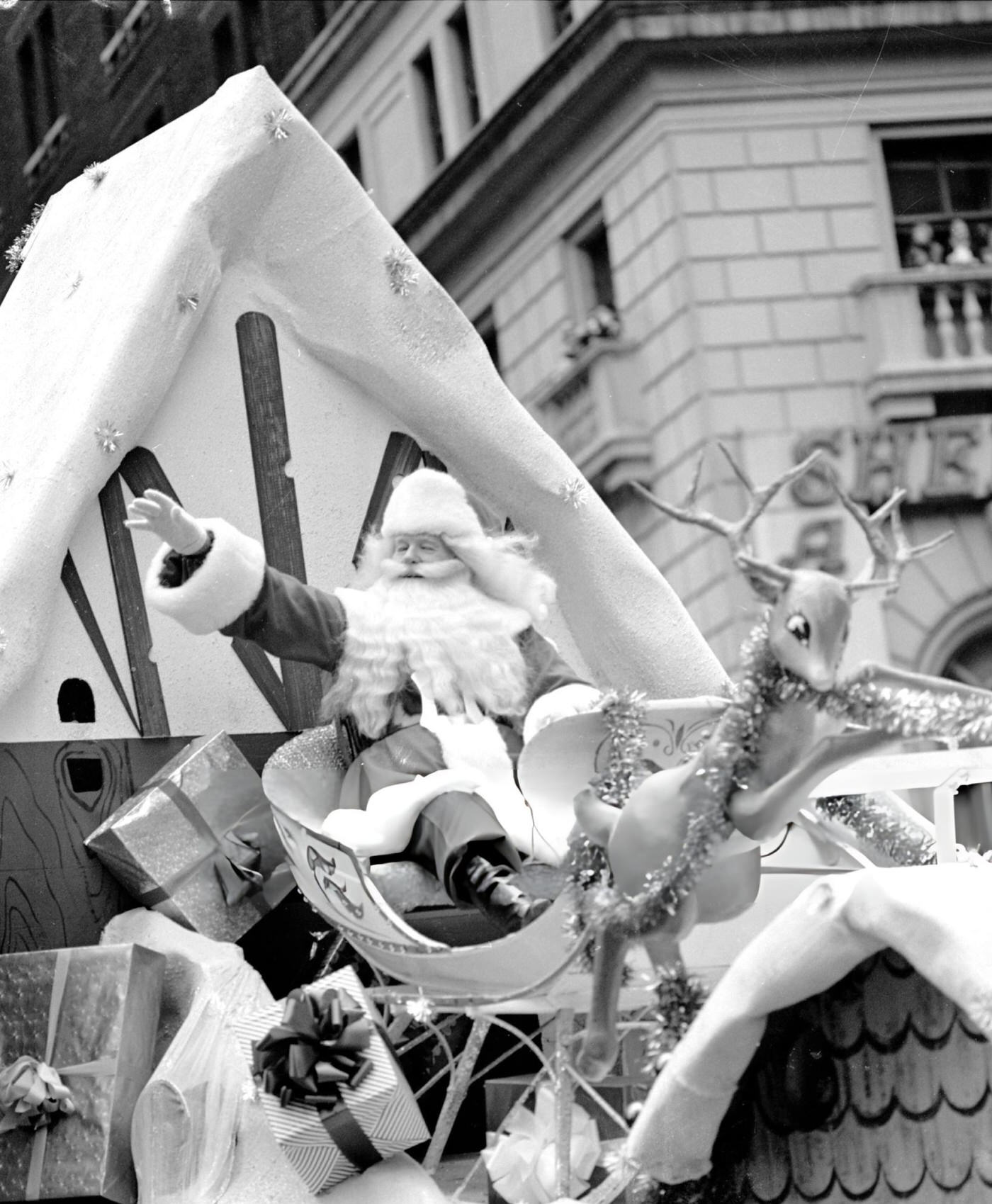
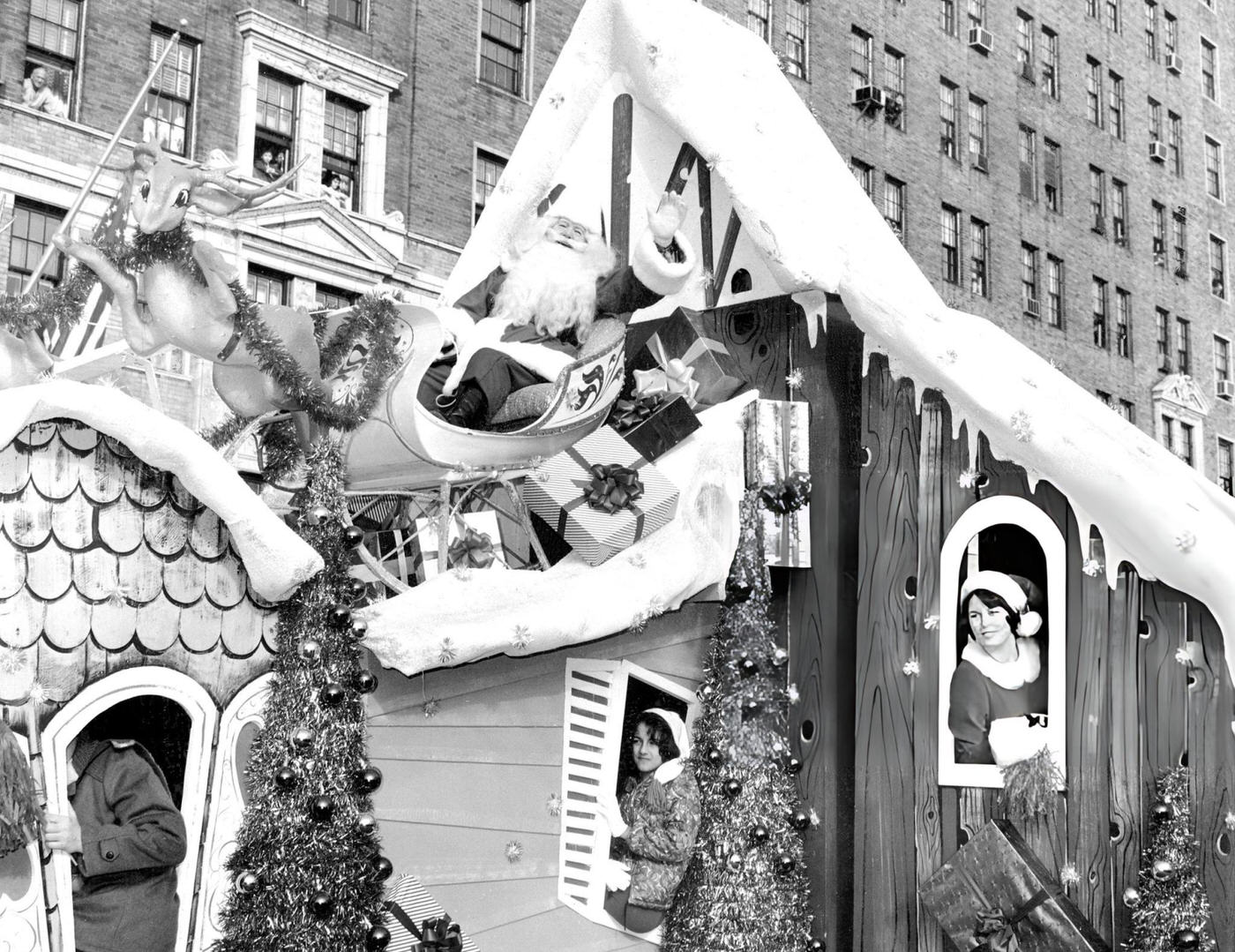

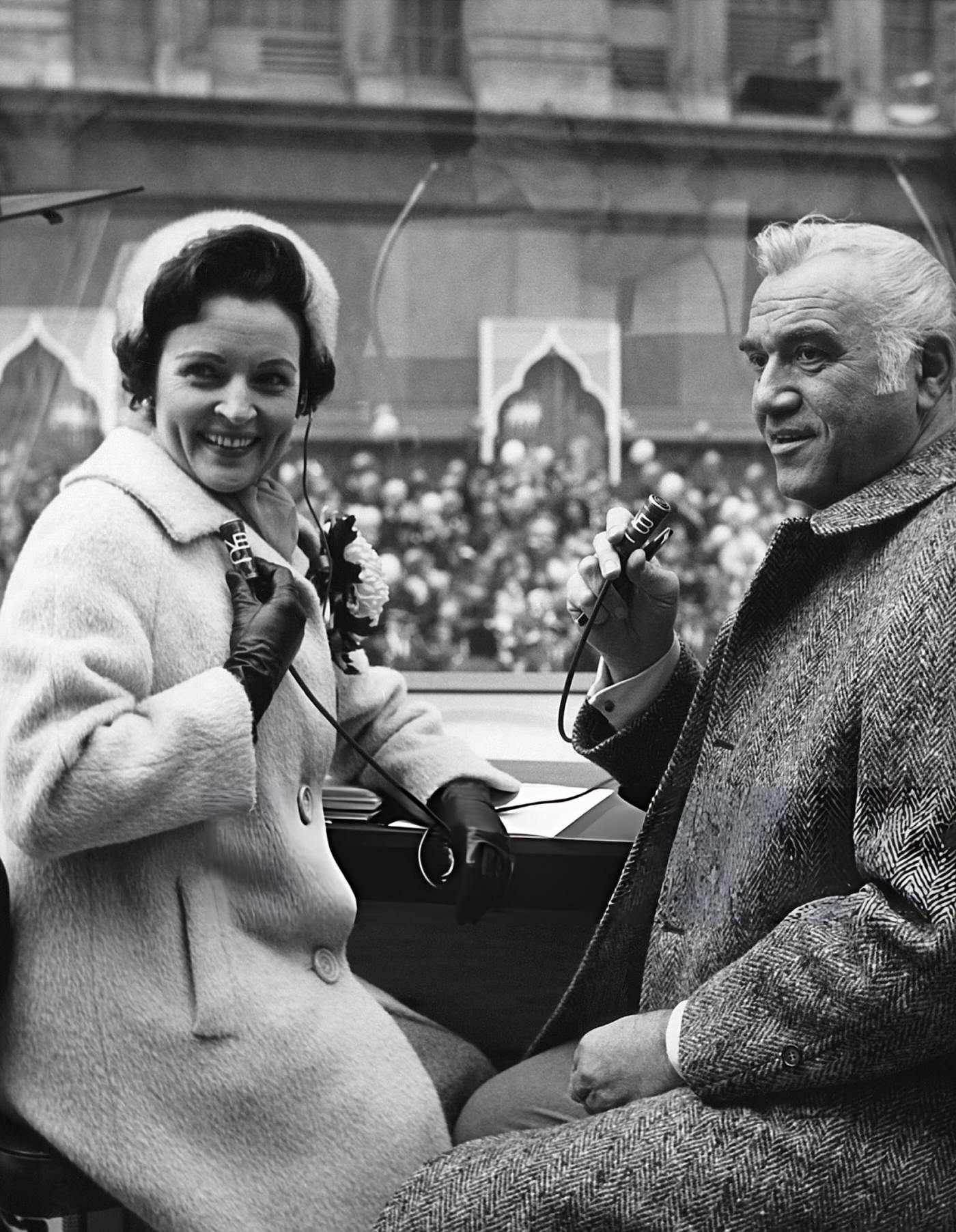
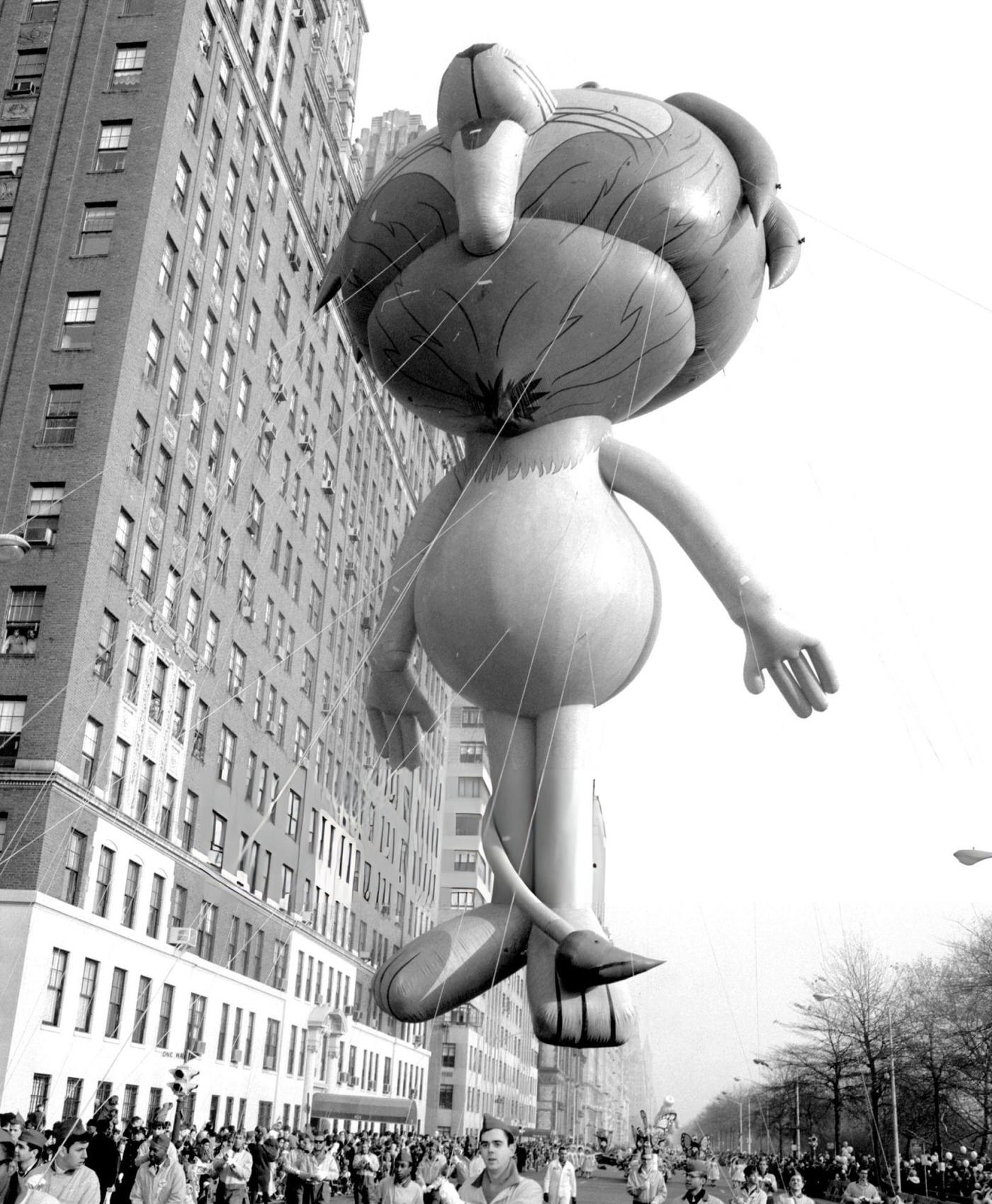
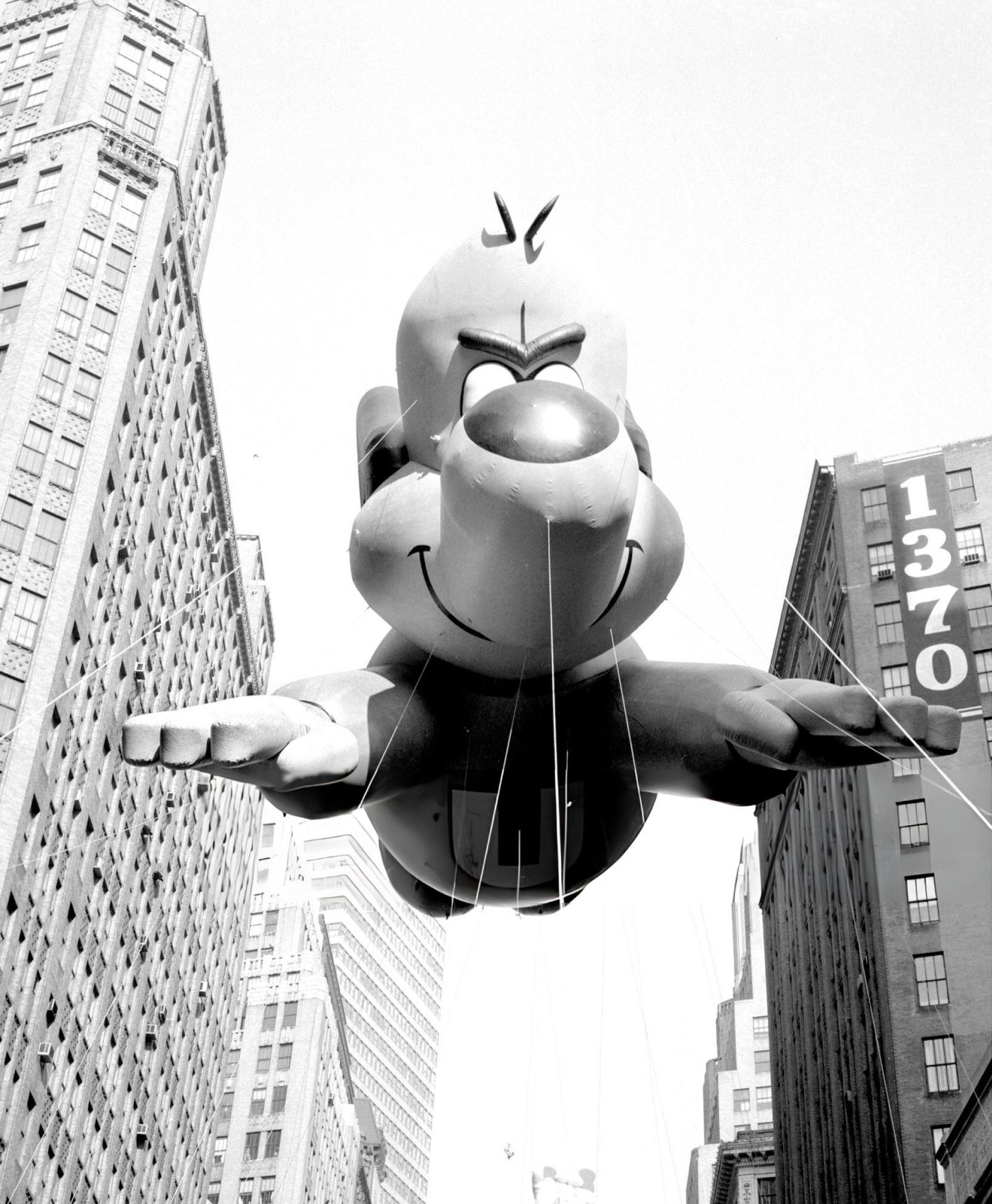
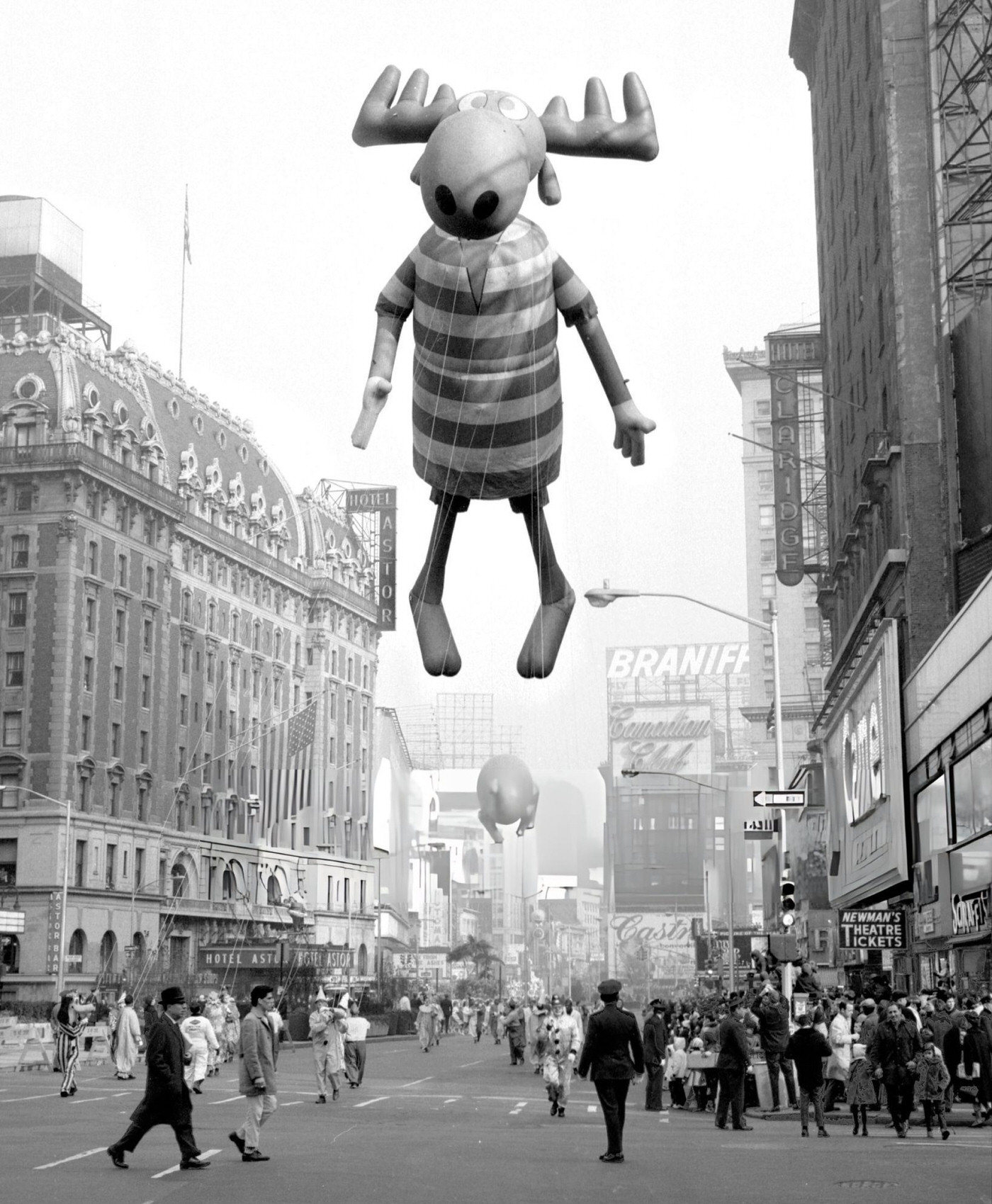

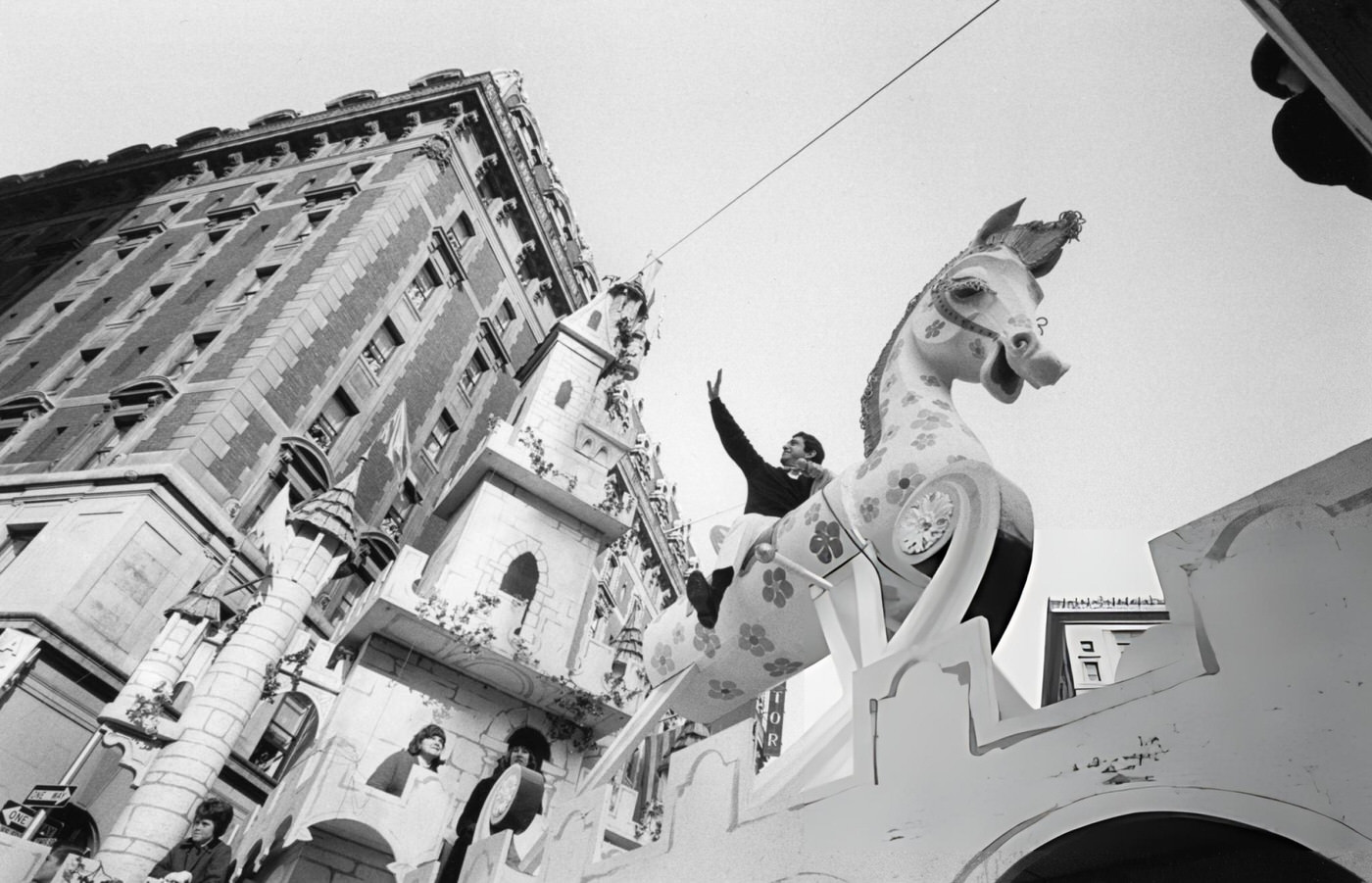
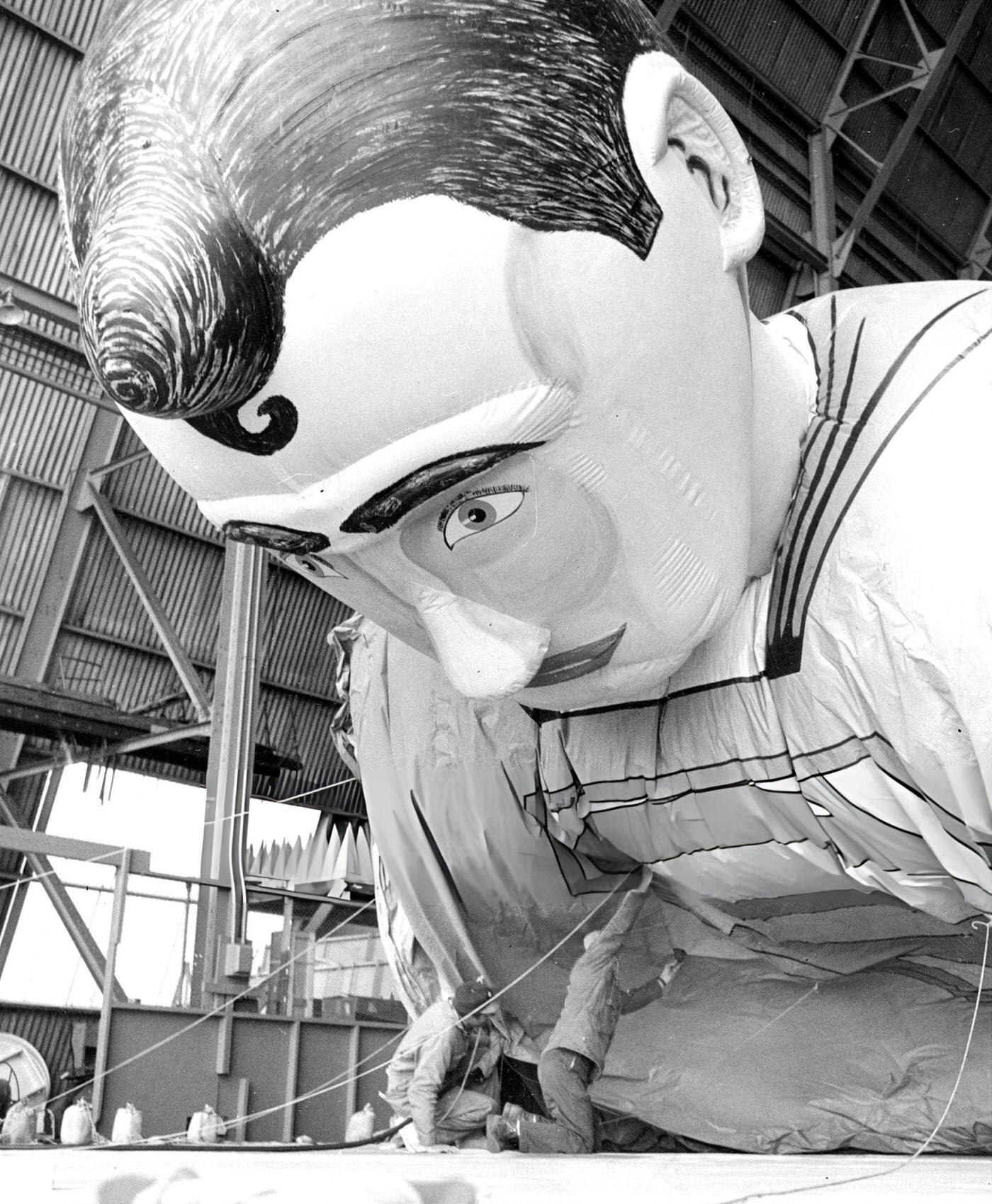
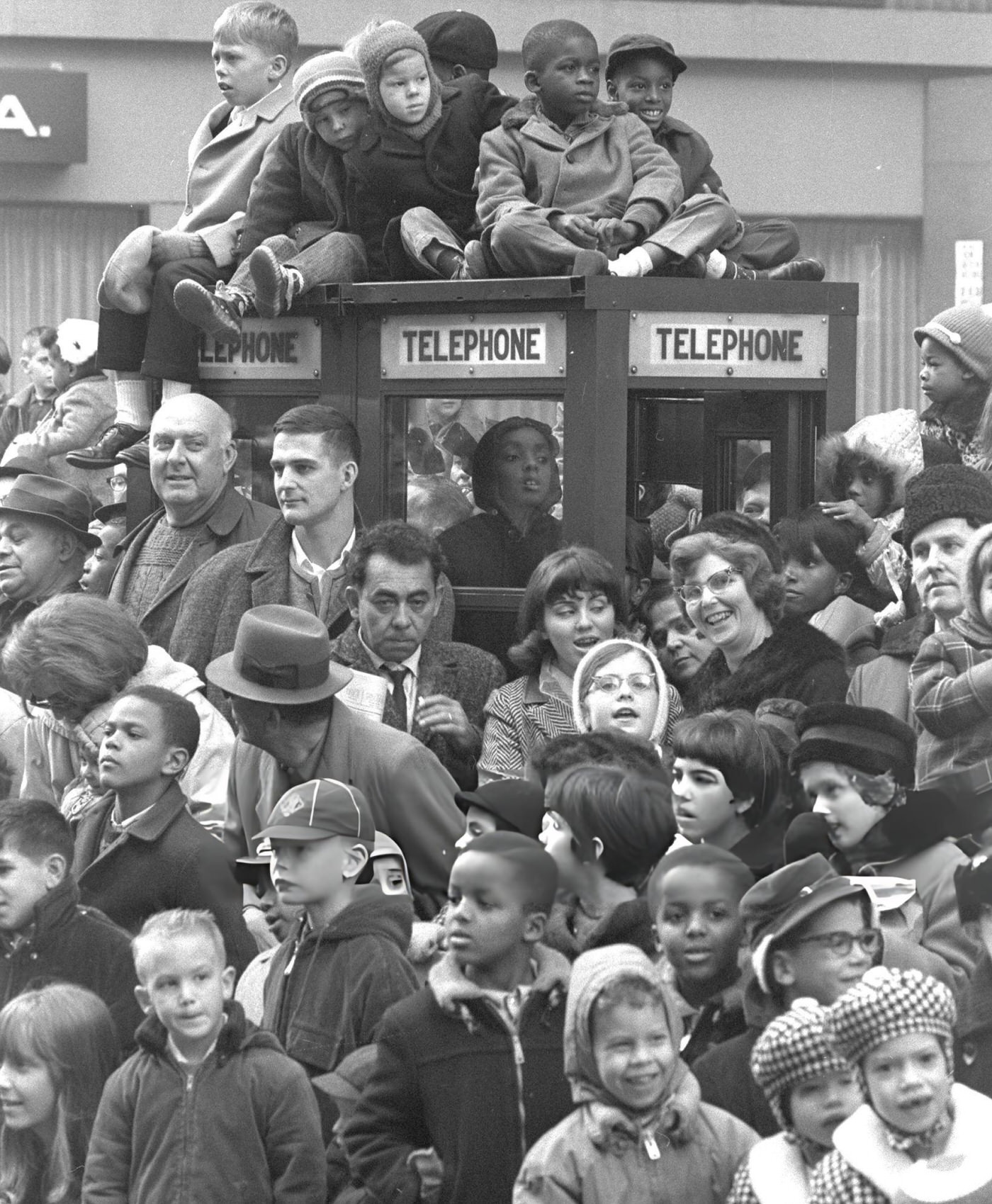
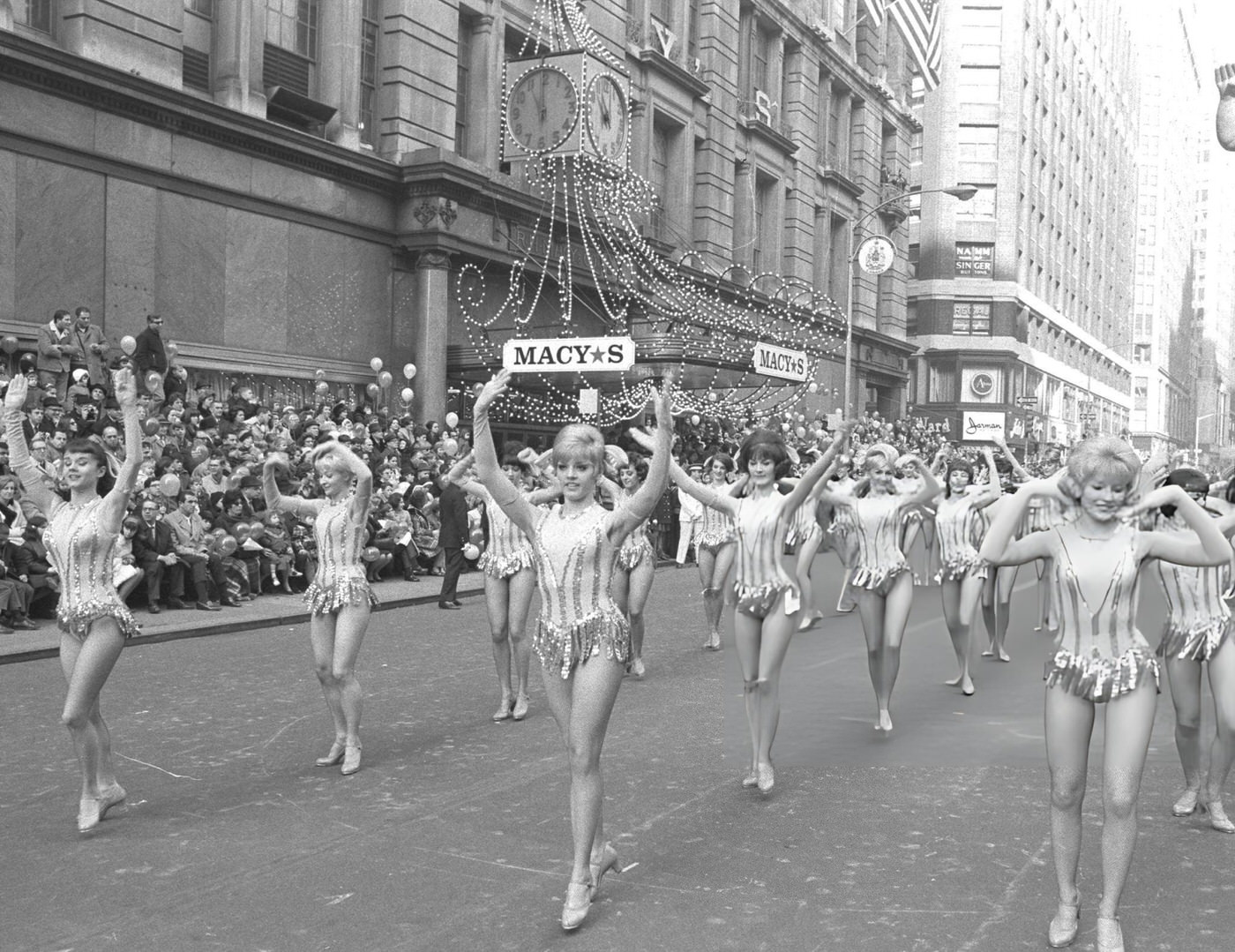


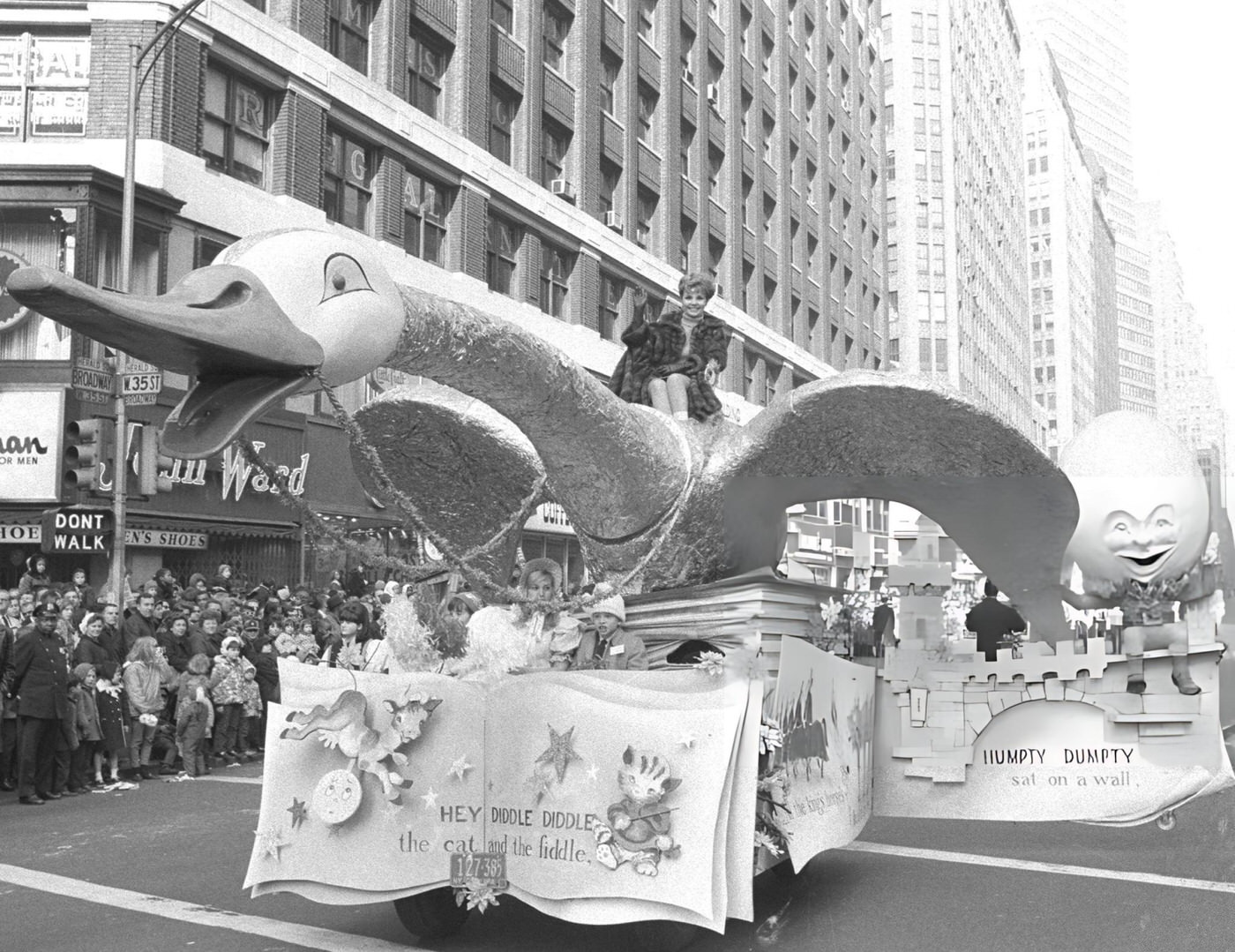
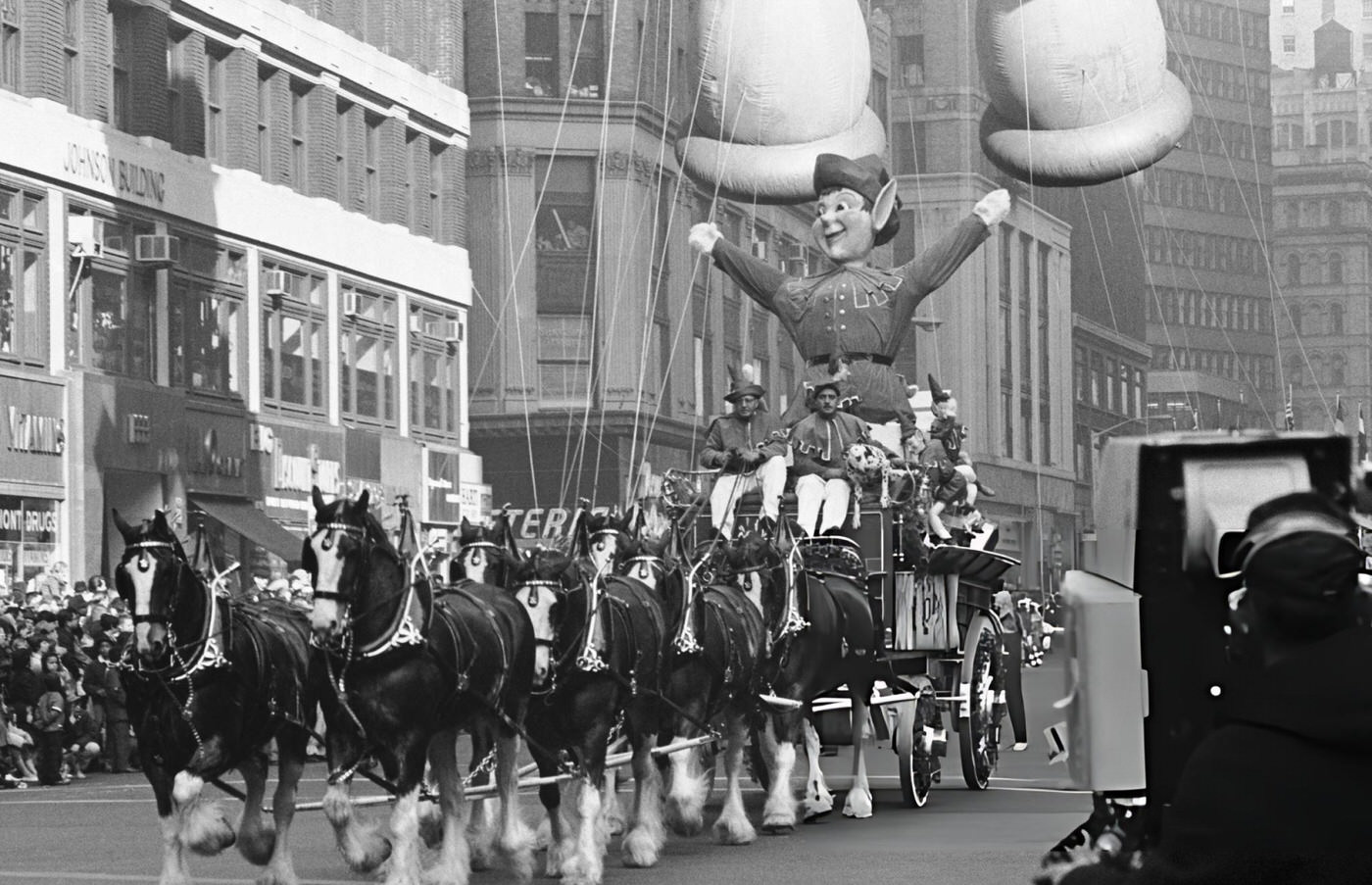
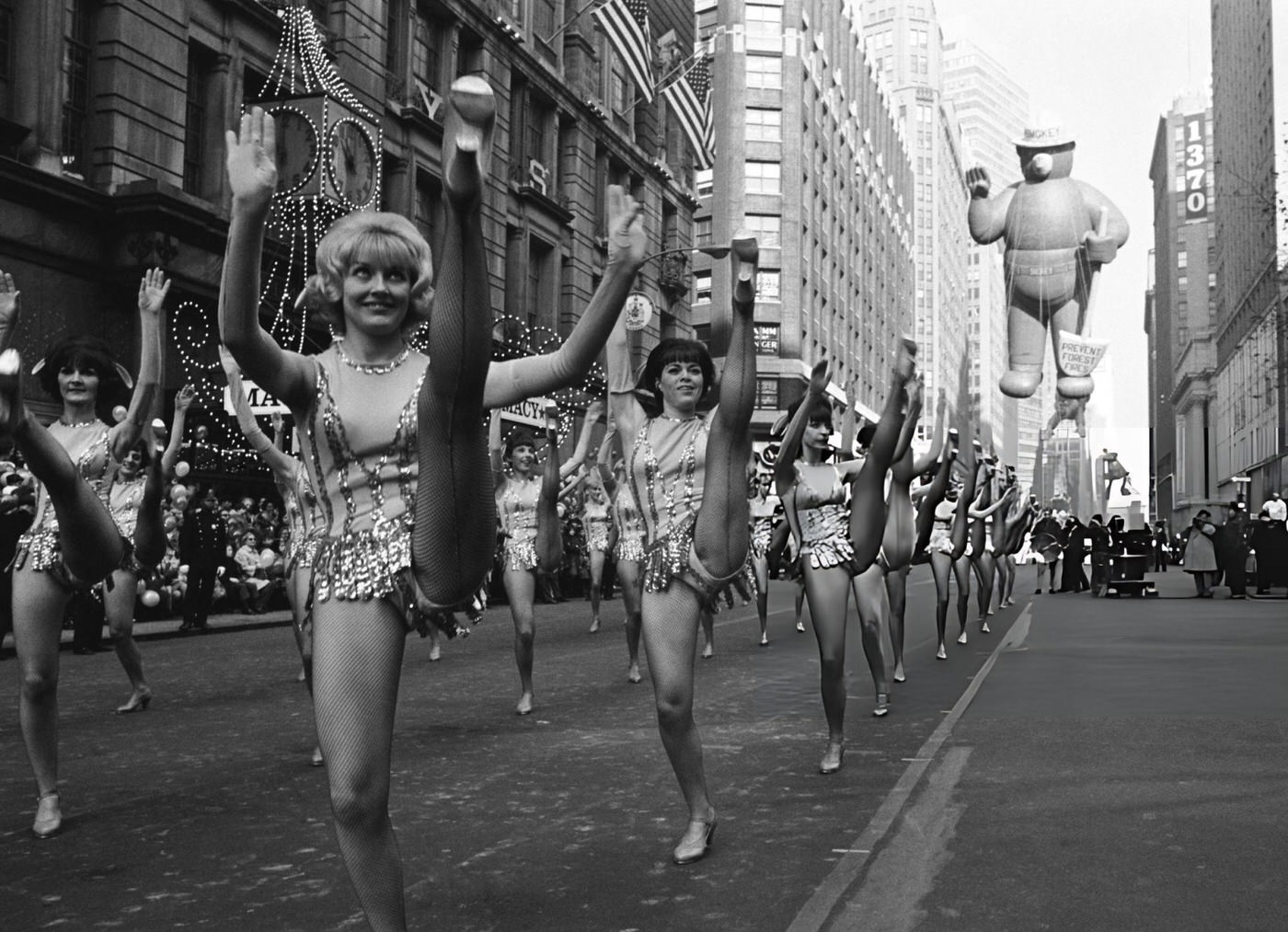

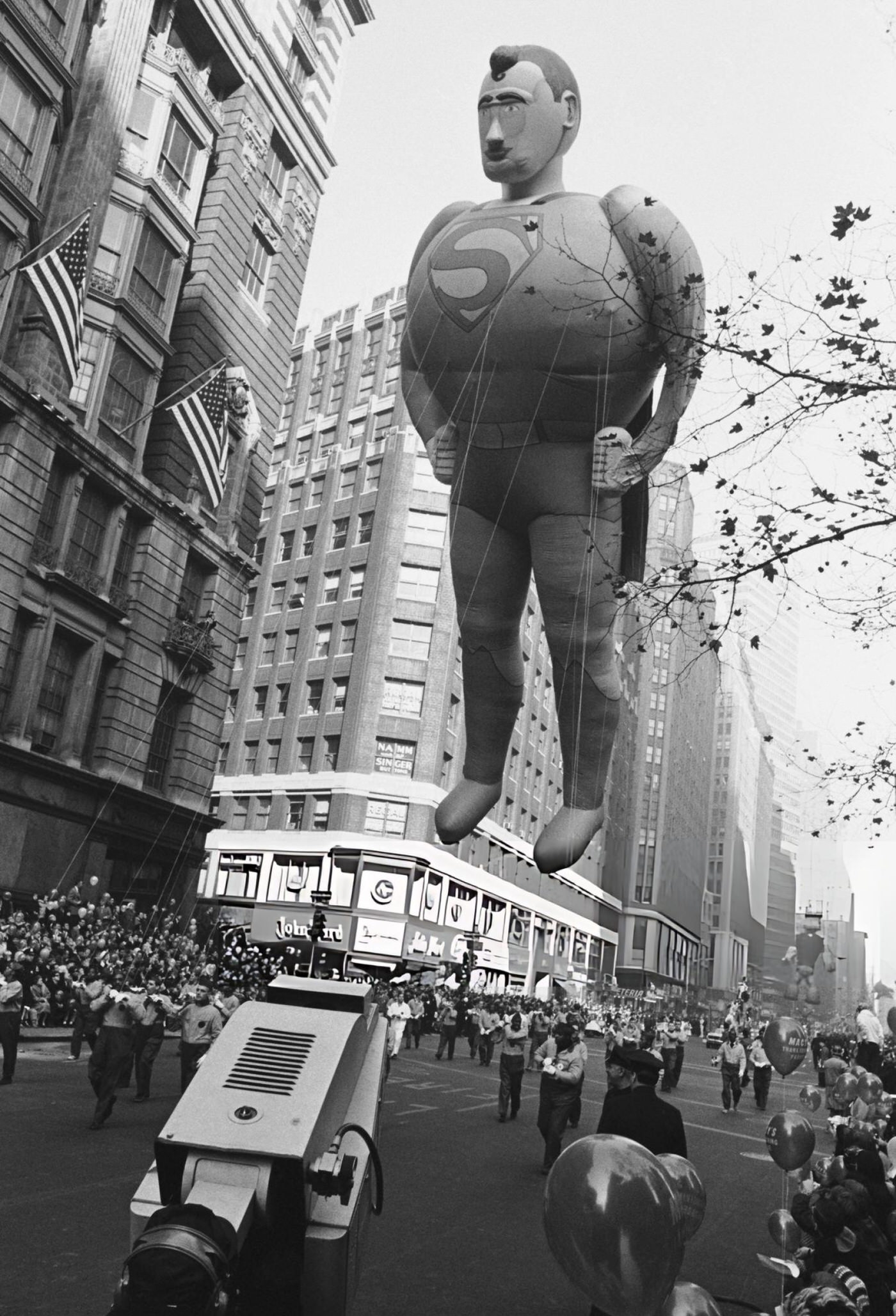
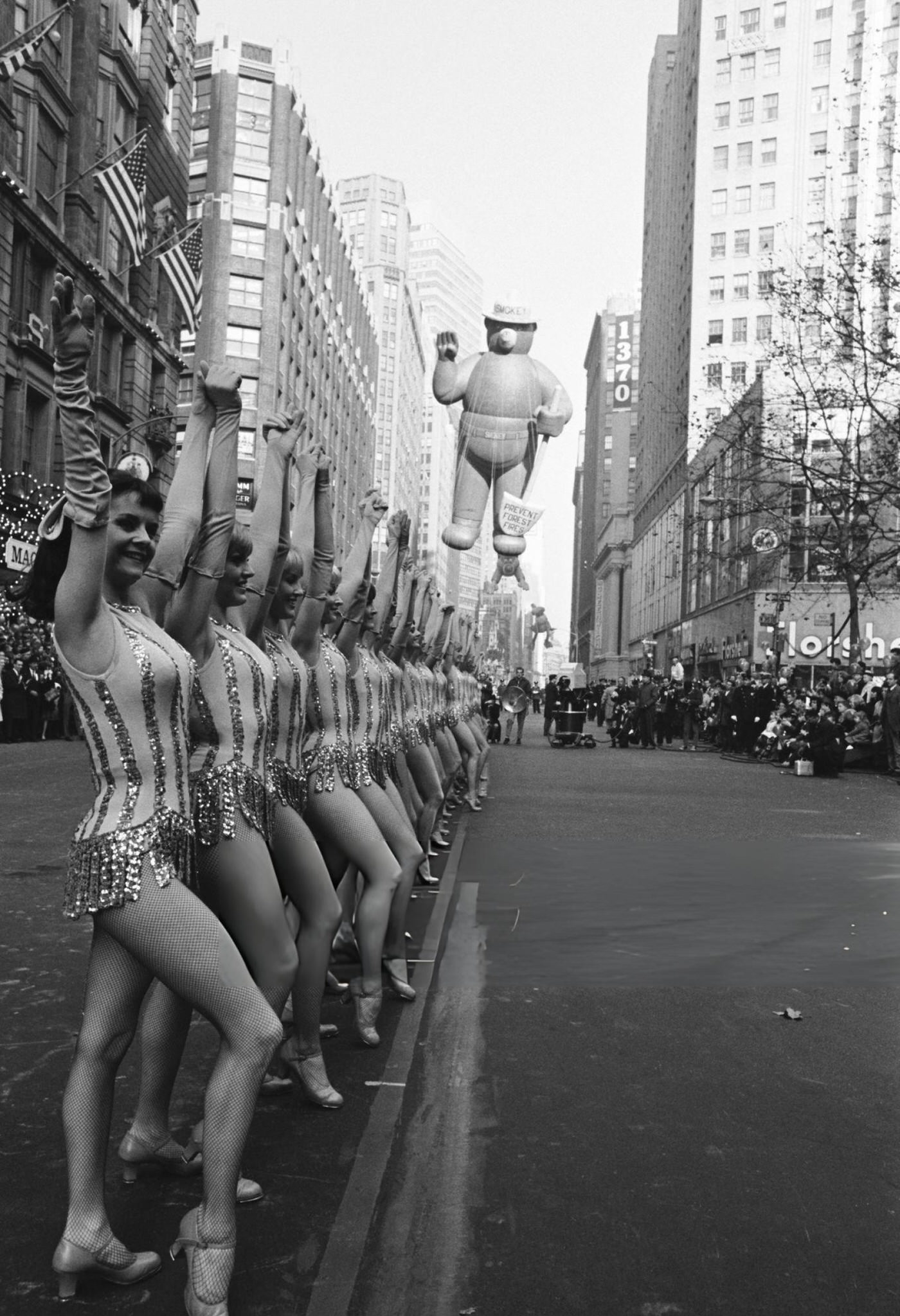
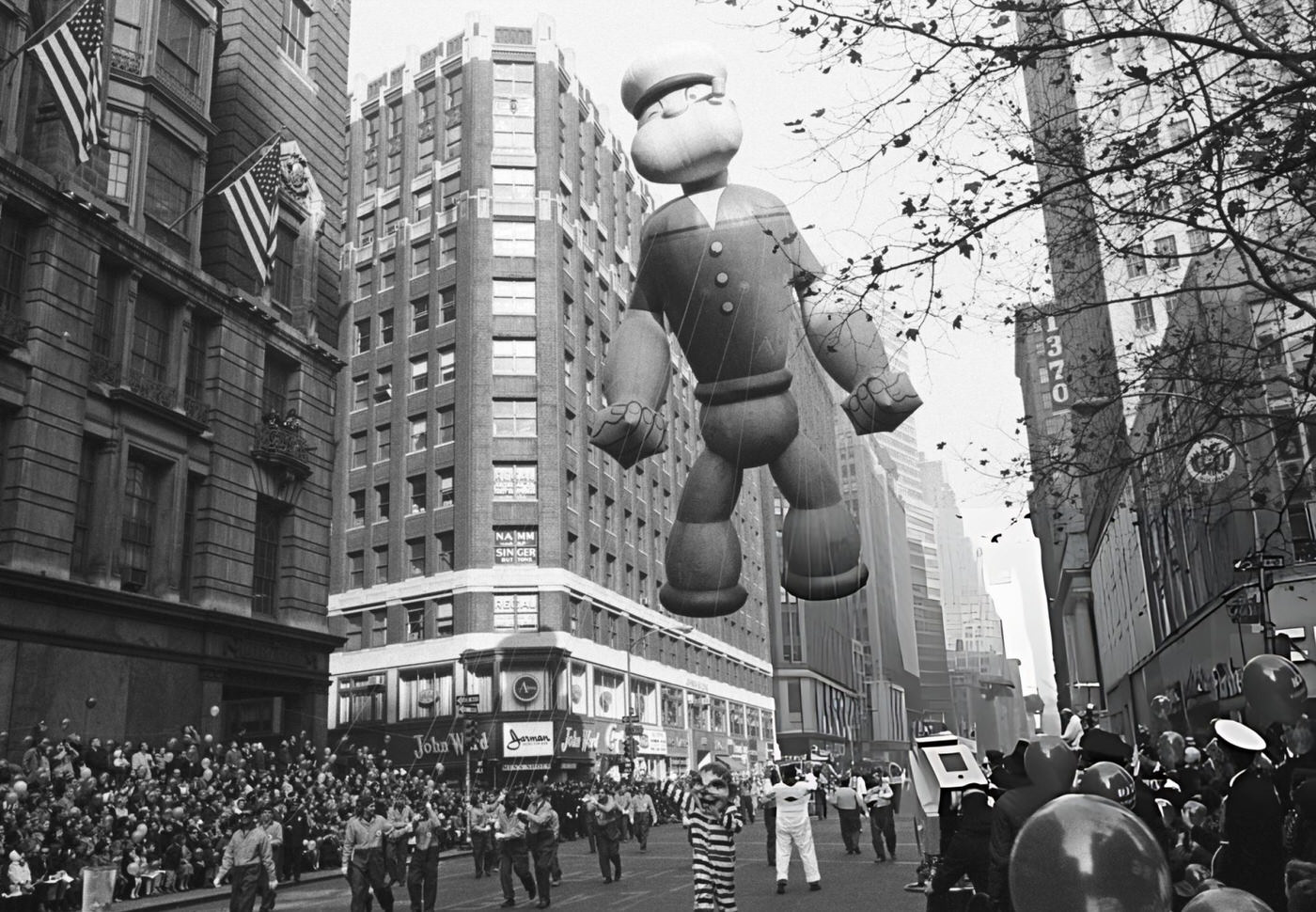


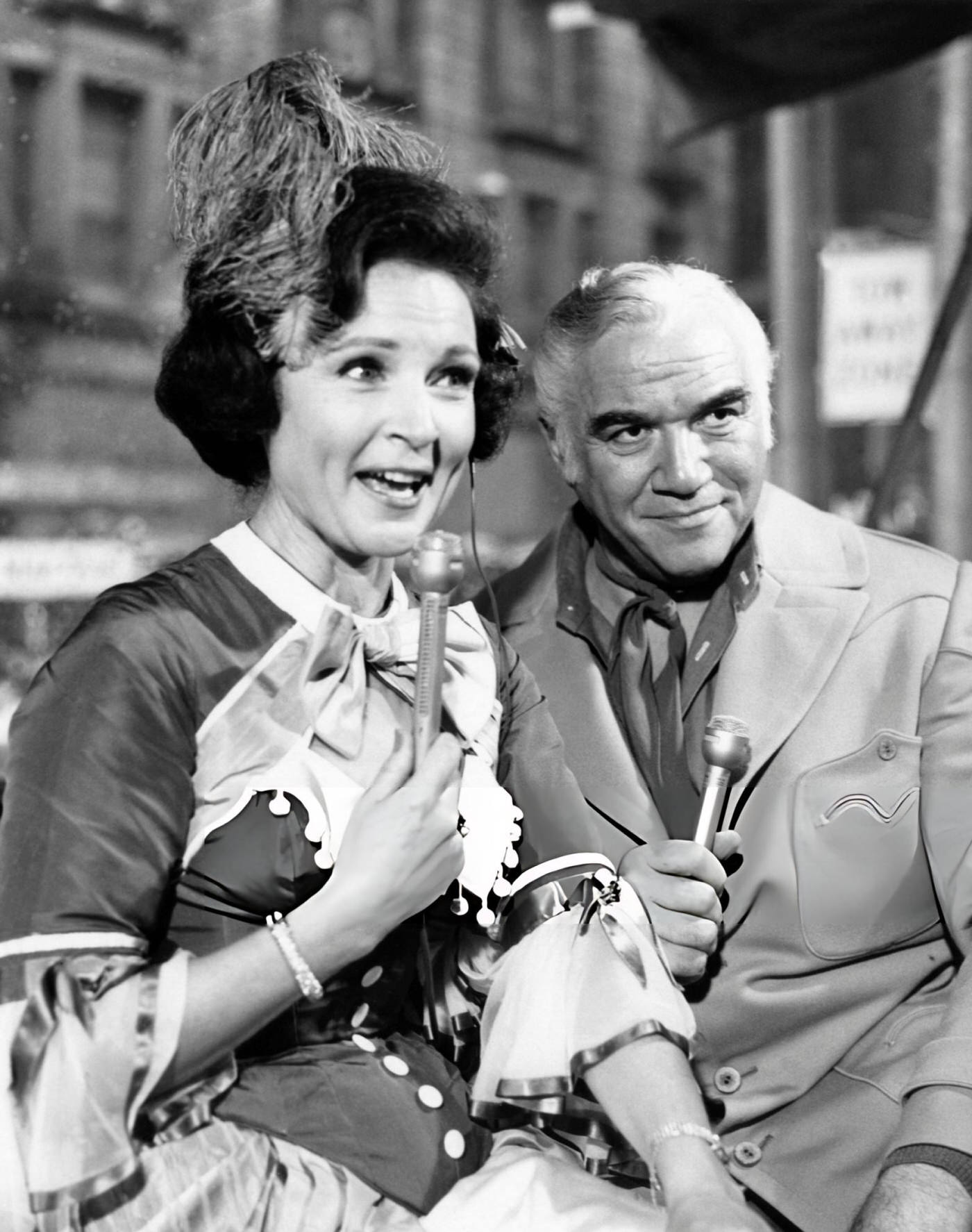
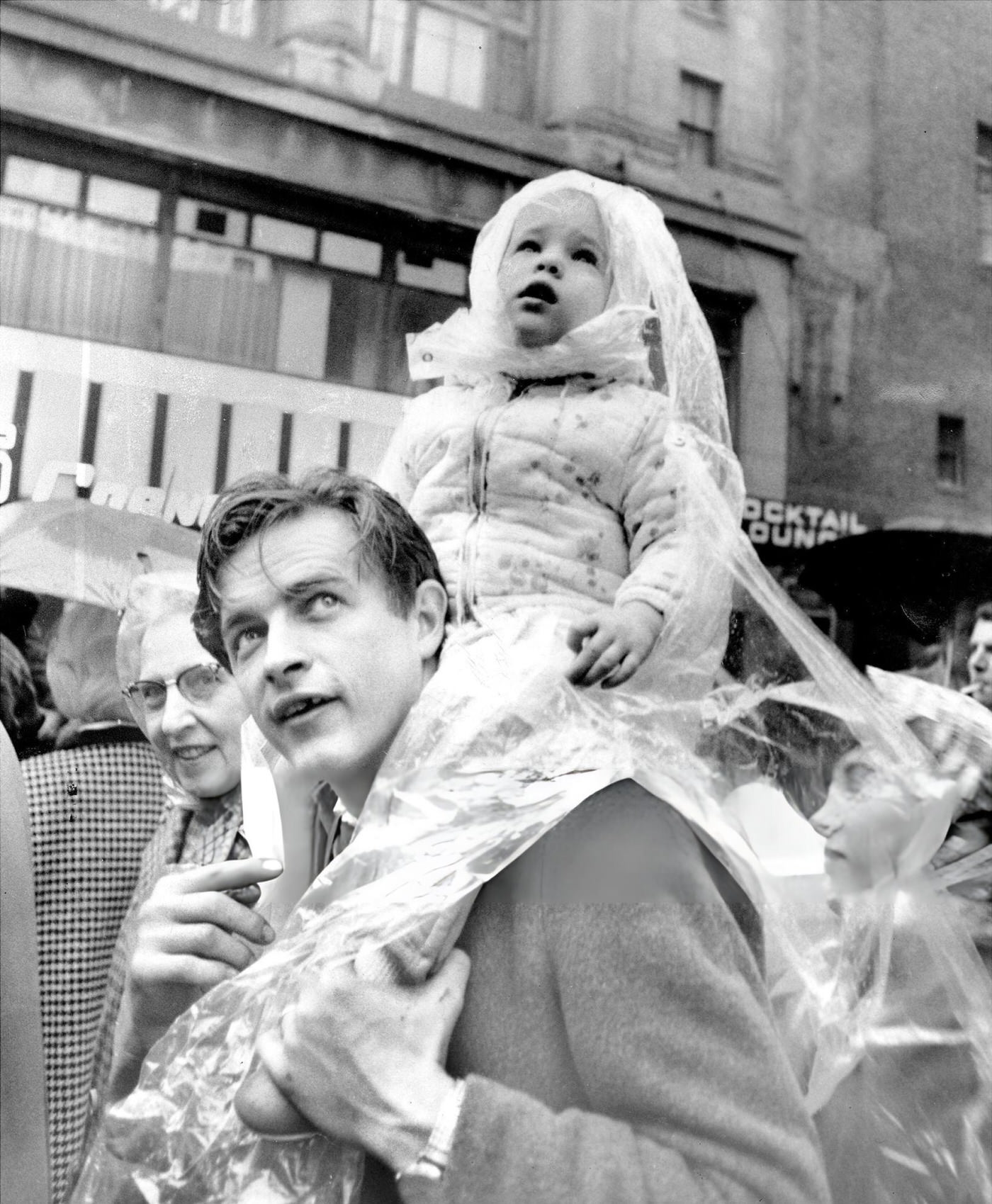
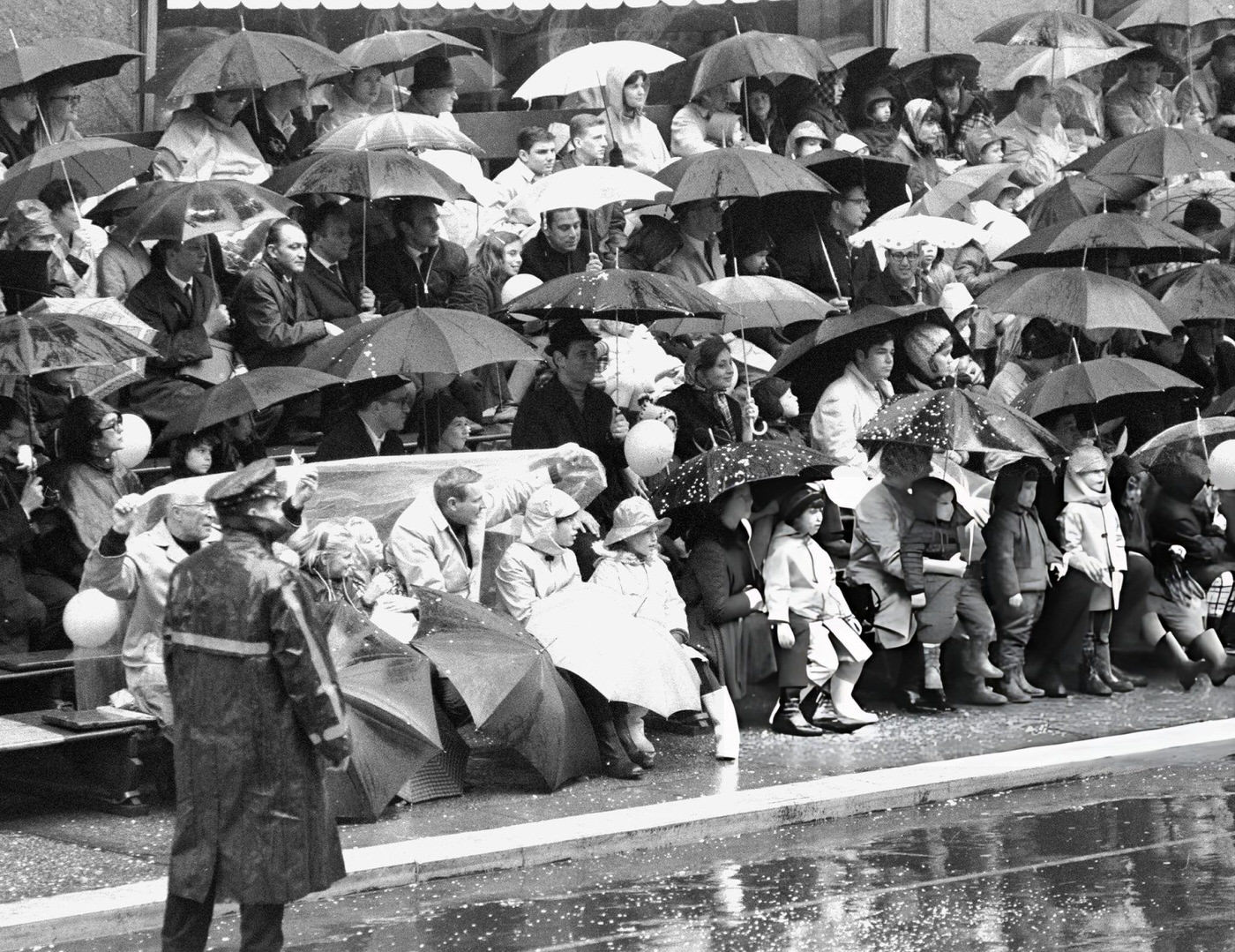
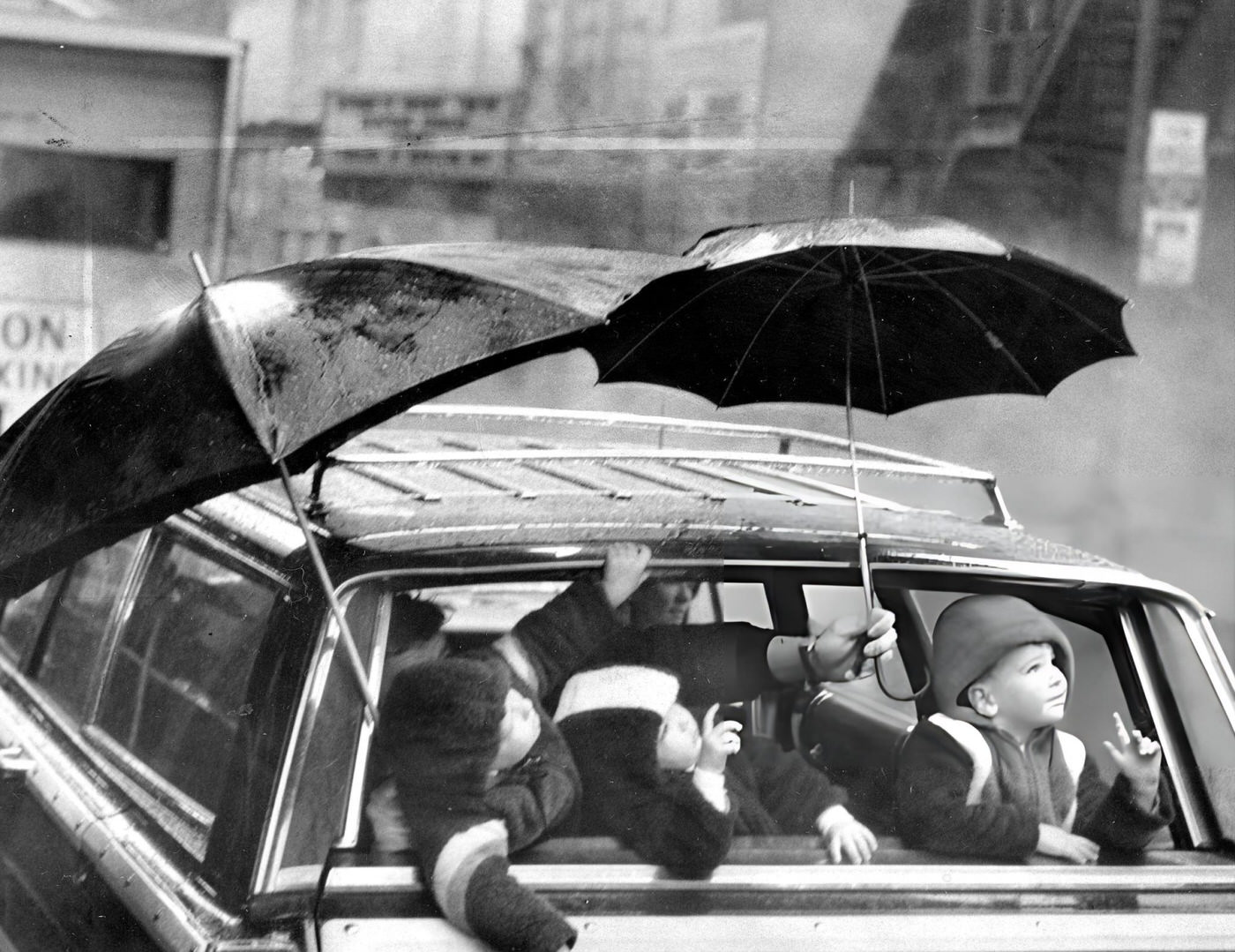




GIPHY App Key not set. Please check settings